|
The story begins in a small village called Pesquera del Duero located on the banks of the river Duero in northern Spain. It was here in his hometown where he was born and raised that Alejandro Fernández turned from beet harvesting to winemaking. As a young boy, Alejandro’s father taught him how to make wine from the grapes of the surrounding vineyards and it became a lifelong dream to follow his father’s passion. It was Alejandro’s wish to someday make excellent wines that spoke of his homeland and in so doing, inspire the world to take notice. The beginning of Alejandro’s dream was finally realized in 1972 with his own bodega, a 16th century stone winery in the province of Valladolid where most of the winemaking took place. Alejandro’s first grape planting was Tempranillo and he produced his first vintage in 1972 called Tinto Pesquera. By 1982, Alejandro along with a few other wine pioneers founded the D.O. Ribera del Duero, establishing official recognition for the region. And now, almost five decades later, Alejandro, his wife Esperanza and four daughters own and manage an impressive little empire under the name Grupo Pesquera. Grupo Pesquera consists of four bodegas: Tinto Pesquera, Condado de Haza, Dehesa La Granja and El Vínculo. All the bodegas are dedicated to exclusively growing Tempranillo except for El Vínculo in Campo de Criptana (D.O. La Mancha), which also produces Alejairén, a white wine. Ribera del Duero has a high elevation and spans from the east of Aranda del Duero to Valladolid in the west. The major source of water for the vineyards in this region comes from the Duero River. The climate leans towards continental with a complexity of soils throughout the region. All the grapes for Grupo Pesquera are harvested by hand and Alejandro doesn’t let the calendar determine the harvest, only the grapes dictate when they are ready to be harvested. He feels that the harvest is the most significant element in winemaking. Alejandro uses a combination of French and American oak barrels for aging, making certain that the original character of the grapes is present and doesn’t allow the wood to define the grape. The Fernández family is dedicated to natural winemaking. Wines are neither filtered nor fined prior to bottling. Alejandro has been given the title of “Master of Tempranillo” and deservedly so. In following his intuition and not the rules, Alejandro has helped to establish Tempranillo as a fine wine in Ribera del Duero. His wines are rich and complex with an abundance of fruit-driven character. As per the rules of the D.O. Ribera del Duero, 75% of all red wines must be Tempranillo. Cabernet Sauvignon, Merlot and Malbec can make up the balance or up to 5% of Albillo or Garnacha. I recently received four samples from three of the bodegas. 2015 Condado de Haza Crianza – Ribera del Duero The Condado de Haza vineyards were planted in 1987 on a 200-acre estate located right next to the Duero River. With a focus on sustainable farming and maintaining the area’s biodiversity, chemicals are never used and an onsite purifier recycles all water. The soil is rocky and the estate experiences a cooler climate than that of the other three bodegas. 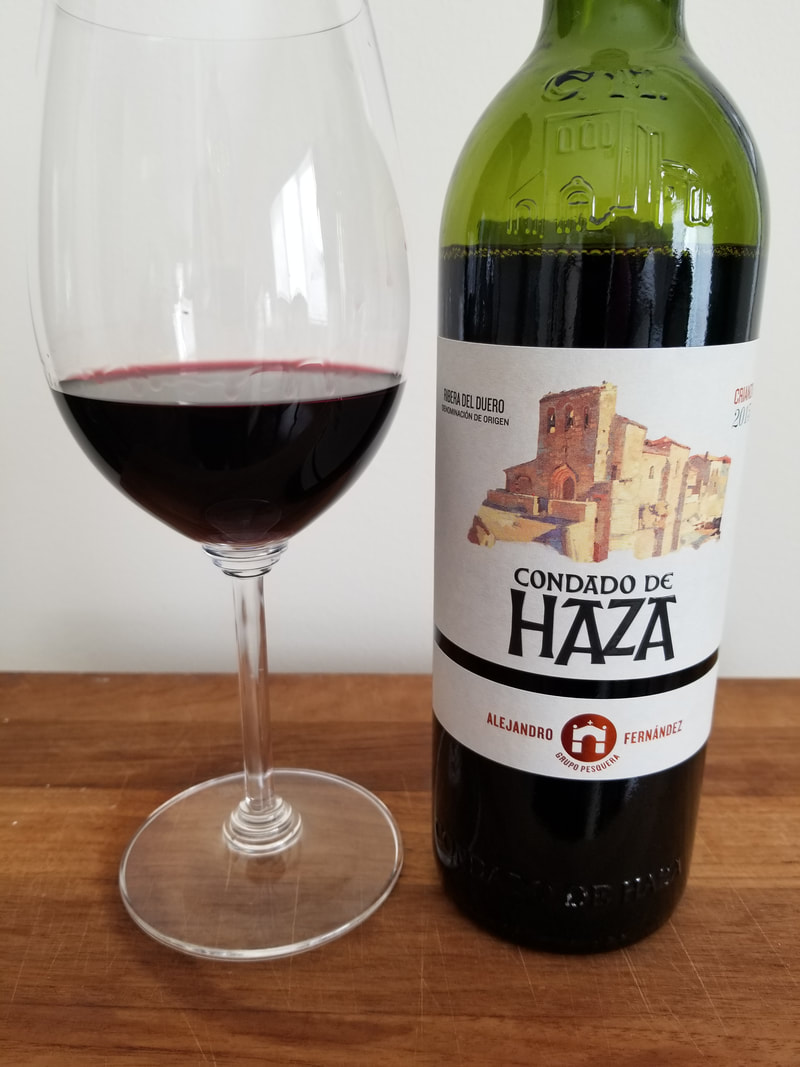 This wine is 100% estate-owned Tempranillo. After 18 months of barrel aging, the Condado de Haza Crianza is then aged for a minimum of 6 months in the bottle. The color is deep red, bordering on purple. Aromas of dark fruit, plum and sweet spice give way to a savory and understated dark fruit palate with hints of fennel, spice and chocolate. This is a straightforward wine with no pretention. It is nicely balanced with a long finish. Serve with grilled meat, hearty stews and spicy pasta. Alcohol: 14% SRP: $24 2013 El Vínculo Crianza – La Mancha After Alejandro discovered high-quality 100-year-old Tempranillo vines in the historic village of Campo de Criptana in La Mancha region, El Vínculo became the fourth estate. He signed a long-term lease in 1999 with the town’s best grape growers and assumed control of the yield of 50% of fruit dropped per year and harvest time. La Mancha is in the warmest region of the four estates and is exposed to more sun, heat and less moisture, but does experience an extreme continental climate. The vineyards have a combination of sandy and clay soil. This wine is 100% Tempranillo and aged for 18 months in American oak barrels and 6 months in the bottle prior to release. The color is deep red with wonderful aromas of ripe red fruit, plum, spice, violet and vanilla. Intense flavors of berries, plum, cherry liquor, earth, spice and toasted wood greet the palate. Round tannins and acidity are perfectly balanced with a long and persistent finish. Serve with grilled meats, poultry and stews. This is a lot of wine for the price tag! Alcohol: 14.5% SRP: $19 2015 El Vínculo Alejairén – La Mancha This is Grupo Pesquera’s first white wine with the first vintage released to the market in 2007. It is made from 100% Airén grapes; an indigenous white grape planted throughout central Spain and in particular the La Mancha region. It is drought-resistant and adapts well to hot, dry conditions and poor soils. The grape juice has mostly been used to make brandy and fortified wines such as port and sherry. The grapes for this wine are harvested from old vines in the Paraje la Golosa vineyard. It is aged 24 months in American oak barrels and a minimum of six months in the bottle. This wine is a tantalizing honeyed orange color with apricot, floral and oaky notes of vanilla and coconut on the nose. The palate is laden with hazelnut, apricot, baking spices and brioche. This is a dry wine with bright acidity and lots of character. Serve with an array of appetizers, light pasta and fish. The name Alejairén is derived from both Alejandro and the grape, Airén. Alcohol: 13.5% SRP: $30 2014 Tinto Pesquera Crianza – Ribera del Duero This 100% Tempranillo is produced from their flagship bodega covering 200 hectares of vineyards near the Duero River. The grapes are harvested from 40-year-old vines that grow in sand, gravel, clay and limestone. Aging takes place for 18 months in American oak barrels and then 6 months in the bottle. The color is reminiscent of black cherries with lots of dark berries, dark cherry and sweet spice aromas. A succulent layer of flavors envelops the palate with ripe fruit, dark cherry, plum, nutmeg and chocolate. It is beautifully balanced with silky tannins and a long finish. Hands down, this is a rich and elegant wine. Pair with meat, game, stews and an assortment of hard cheese.
Alcohol: 14.5% SRP: $35 I fully understand now why Alejandro Fernández is called the “Master of Tempranillo”! His bond and respect for the land upon which his grapes grow are apparent in every bottle of these expressive wines. Cheers to Alejandro and his family! Until next time… Cheers! Penny To leave a comment or if you have an inquiry, please contact me at [email protected] With the snow beginning to fall last evening I decided to light a fire and tackle a story on a few bottles of wine from Spain. But when I went to retrieve the wines, a bottle that was lying next to the Spanish wines distracted me. It was a vintage 1996 Super Tuscan and it was begging to be opened on this cold and snowy evening. For those of you who may not be familiar with Antinori, let me give you a quick introduction to this Tuscan family who began making wine in 1385 and spans 26 generations! It started with Giovanni di Piero Antinori who in 1385 became a member of the Florentine Winemaker’s Guild. Since that time tradition and passion for winemaking have been passed on from generation to generation. Today, Albiera Antinori is president of Marchesi Antinori along with the support of her sisters, Allegra and Alessia. Their father Marchesi Piero Antinori is the current Honorary President of the company. Antinori has 8 estates located throughout Tuscany and Umbria. And the one that I am focusing on today is Tenuta Tignanello estate located in the heart of Chianti Classico. It is comprised of 319 hectares of which 127 are dedicated to vines. The estate is divided into smaller parcels with 2 of its finest vineyards being Tignanello and Solaia. Sangiovese, Cabernet Sauvignon and Cabernet Franc are among the grape varieties grown here at an altitude of 1148 to 1312 feet above sea level. The dramatic diurnal temperature variation and soil that is rich in calcareous rock and marl all contribute to the concentration and uniqueness of this wine. Tignanello is considered the original Super Tuscan, being the first Sangiovese red wine to be blended with untraditional grapes such as Cabernet. It also has the distinction of being the first Sangiovese to be aged in barriques and is one of the first red wines in the Chianti Classico region to not use white grapes. Antinori Tignanello Toscana IGT 1996 is a single vineyard blend of 80% Sangiovese and 20% Cabernet grapes. As stated on the bottle, “The wine is matured for about 14 months in oak casks followed by a further 12 months in the bottle prior to release. The wine is unfiltered." I had no idea what to expect, but the moment I began pouring the wine into my glass, an array of aromas wafted towards me making me giddy with excitement! The color was garnet with muted brick around the rim. Aromas of red berries, dried fruit, cherry, plum and hints of must greeted me. My first sip told me that this 1996 vintage still has it going on! I allowed the wine to open for about 15 minutes and then immersed myself in this expressive wine. The palate offered dark berries, cherry, plum, anise and hints of preserved fruit with a smooth and jammy finish. Yes, the wine is softer and a bit muted, but after 23 years it is truly impressive! I think it’s time to start opening more of these hidden gems in my cellar.
Alcohol: 13% As soon as I come back down to earth from this wonderful wine treat, I’ll be back with some very interesting Spanish wines. Until next time… Cheers! Penina To leave a comment or if you have an inquiry, please contact me at [email protected] Okay, I am not patiently waiting for spring to arrive and I am quite tired of having to endure bone-chilling temperatures. So, I thought I would cheer myself up with a taste of some heartwarming wines from Marques de Casa Concha. For those of you who are new to my blog, I have written many stories and reviews of the iconic wines of Concha y Toro located in Chile. For an in-depth look at their history, brands, vineyards, wines and winemakers, please click on the menu at right. Today, I’m keeping it short and sweet. Marques de Casa Concha is a renowned brand of Concha y Toro and is known for its fine collection of single vineyard varietals produced by noted winemaker Marcelo Papa. All Marques de Casa Concha grapes are hand harvested from single vineyards except for the Cabernet Sauvignon, which is a blend from the Puente Alto Vineyard and Pirque Vineyard located close to the foothills of the Andes Mountains in the Maipo Valley of Chile. The grapes for the Carmenere are sourced from the celebrated Peumo vineyard, located in the Cachapoal zone of Chile’s Rapel Valley. The climate is semi-arid Mediterranean with a strong impact from the Andes Mountains creating extreme temperatures between night and day. The grapes experience a longer ripening period allowing for aromas that are more intense and concentrated. Marques de Casa Concha Carmenere 2016 is 100% Carmenere. Aging takes place in new and used French oak barrels for 18 months prior to release. The color is deep red, bordering on purple with aromas of dark cherry, cranberry, black raspberry and spice. Fresh acidity and round tannins add to the dark berries, plum, spice, pepper and vanilla on the palate. The wine is elegant and I am happy to sip it as an aperitif, but it will pair nicely with roasted meat, game, pasta and cheese. Alcohol: 13.5% SRP: $25 Marques de Casa Concha Cabernet Sauvignon 2016 is aged for 18 months in new and used French oak barrels and then aged for an additional month after bottling. The color is dark ruby with abundant aromas of cherry, plum, spice and dark berries that segue onto the palate. Lingering flavors of smoke, pepper and hints of vanilla give way to a lengthy finish. Silky tannins and concentrated flavors add to this expressive wine. Serve with hearty stews, meat, fish and hard cheese. Alcohol: 13.5% SRP: $25 As always, Marques de Casa Concha wines never disappoint my palate!
Until next time… Cheers! Penina To leave a comment or if you have an inquiry, please contact me at [email protected] France + Argentina = Domaine Bousquet What happens when you blend the art of French winemaking with an Argentinian flair? The outcome is an amazing array of wines to sate one’s palate. Domaine Bousquet states, “The objective of the Bousquet family was to unite our tradition of European winemaking with the ideal agricultural conditions in Mendoza.” Domaine Bousquet is located in the Gualtallary Valley in Tupungato, part of Mendoza’s Uco Valley in Argentina. Sitting at an altitude of 4,000 feet, it is considered one of the highest altitude vineyards in Mendoza and the world! Gualtallary has up to 7 different types of soil, but Domaine Bousquet is the only estate with sand as its primary soil. Sandy soil drains well and retains heat that helps to produce highly aromatic wines. With minimal rainfall, water delivery to the vines is controlled by an irrigation process through a drop-by-drop system with pure mountain run-off, which creates lower pH in the grape, resulting in higher acidity, and more color in the wine. All of Domaine Bousquet wines are made from 100% organic fruit and always have been since the first vines were planted in the year 2000. With the benefits of cool climate, sandy soil, controlled water irrigation and healthy organic grapes, it sets the stage for quality wines. I have tasted and reviewed many wines from Domaine Bousquet’s collections, which includes their Premium wines, Reserve and Grande Reserve line. So, I was very excited when a bottle of Ameri Icon wine arrived. Ameri wine is made only in the best vintage years from a single vineyard that sits at 1250 meters (4,125 ft.) making it the highest altitude vineyard on the estate. The grapes are harvested by hand and after fermentation and maceration, the wine is aged in French oak barrels for 16 months. Domaine Bousquet Ameri Single Vineyard 2015 is a beautiful blend of 60% Malbec, 20% Cabernet Sauvignon, 15% Syrah and 5% Merlot. The color is majestic purple with inviting aromas of dark and red berries, plum, spice and a touch of floral. The palate is layered with blackberry, raspberry, plum, violet, spice, anise, hints of pepper and vanilla leading to a lengthy finish. It is a full-bodied wine with silky tannins and undeniable elegance. Pair with pasta, meats, poultry, stews, and cheese. Only 500 cases are made, so get thee to a wine store! Alcohol: 14.7% SRP: $36 Ameri is named for the co-owner Labid al Ameri To learn more about the history of Domaine Bousquet estate, climate, terroir, wine reviews and the dynamic Anne Bousquet and her husband Labid al Ameri, please click on the menu at right. Until next time…
Every time I receive wine from Donnafugata, my heartbeat quickens and my palate tingles with anticipation. Whether I taste Donnafugata wines while surrounded by the beauty of Sicily or in the comfort of my home, each bottle and style of wine always performs its magical spell on me. Before I even open a bottle, the whimsical and captivating labels seduce me. Donnafugata has wineries and 405 hectares of vineyards located throughout Sicily, including historic aging cellars at their Marsala winery. Today we’re going to explore a few of their wines from Etna and Vittoria in eastern and southeast Sicily. Vittoria The Vittoria DOC area is located in southeast Sicily where Donnafugata has 36 hectares of vineyards in production. Nero d’Avola and Frappato are grown in the territory of Acate and the wines produced here fall under the denomination of Cerasuolo di Vittoria DOCG and Frappato DOC. The vineyards enjoy a Mediterranean climate with cooling sea breezes during the summer and a large diurnal temperature range that helps to promote greater acidity in the grapes. The soils are medium-textured, sandy and mingled with calcareous tuff. Bell’Assai Frappato di Vittoria DOC 2017 is made with 100% Frappato which is one of the most ancient Sicilian grape varieties. It is believed that its origins began in the Ragusa province around 300 years ago. The wine is cherry red with enticing aromas of a flower garden, spice, strawberry and cherry that segue onto the palate with additional notes of pepper and orange peel. This is a refreshing and light wine to drink. The tannins are soft and the flavors linger for a very satisfying finish. Drink as an aperitif or pair with fish, light pasta and cheese. Alcohol: 13.5% SRP: $28 Every artistic label of Donnafugata wine has a story called “Dialogue With Art”. And in the story of Bell’Assai, Donnafugata “wants to celebrate the love for the beautiful". The name Bell’Assai means “very pretty” in Sicilian. Donnafugata’s Dialog With Art is as follows: “Bell’Assai is a girl with personality who offers to the sweet Sicilian breeze the fruits of the vineyards and the scents of the countryside. She represents the spirit of those enterprising families with the love for beauty which have always been animating the territory of Vittoria.” Etna Donnafugata has approximately 18 hectares of vineyard production on Etna, all in the DOC zone, located in eastern Sicily. The vineyards are on the north side of the volcano and are spread out among 5 districts, with the highest altitude of 750 meters above sea level in Randazzo. While this area benefits from the Mediterranean climate, the proximity of the active Mt. Etna volcano plays an important role in the surrounding soils. The soil is rich with volcanic nutrients thanks to volcanic ash and rock, which in turn provides nutrients to the grape vines and ultimately helps to create more concentrated flavor and complexity in the wines. Sul Vulcano Etna Rosso, DOC 2016 is made with 100% Nerello Mascalese, a dark-skinned grape variety that is most commonly grown on the volcanic slopes of Etna. The wine is a soft ruby red with delicate aromas of cherry, strawberry, floral and spice. Tannins and acidity complement each other with a lovely palate of red fruit, sour cherry, sweet spice, and a dash of pepper on a lengthy finish. It is an expressive and impressive wine! Serve with antipasto, stews, grilled fish, meat and spicy Asian cuisine. Alcohol: 13.5% SRP: $35 Here is the Dialog With Art for Sul Vulcano: “A goddess-volcano stands out on the label. Its intense colors, red, yellows, iridescent blacks, are those of the highest active volcano in Europe. An ancient, powerful and feminine deity: “the Mountain” as Etna is called by the locals. “Sul Vulcano” is a declaration of love: a pure wine, fragrant and elegant, that lets you breathe the energy of this unique place located in the center of the Mediterranean.” I love the goddess-volcano! Like all of Donnafugata’s wine labels, they tempt you and pull you into the emotions of the wine before you even have your first sip. And once you taste their wines, you will be magically transported to the mesmerizing island of Sicily!
To read more about Donnafugata, please select from the menu at right. Until next time… Cheers! Penina To leave a comment or if you have an inquiry, please contact me at [email protected] This year marks the 65-year anniversary of Playboy, founded by Hugh Hefner in 1953. He was a producer, illustrator, entrepreneur, journalist and editor, but is best known for creating Playboy magazine which he turned into an international venture. He passed away in 2017, leaving me with classic images of “Hef” entertaining at his Playboy mansion, surrounded by Playboy bunnies and always wearing his trademark silk smoking jacket and carrying his pipe. The Playboy logo is a profile of a rabbit wearing a tuxedo bowtie that made its first appearance in the 2nd issue of the magazine. The logo was eventually used to design the official Playboy bunny costume that made its debut in 1960 at the first Playboy Club in Chicago. Today Playboy Enterprises is one of the most recognized consumer brands in the world. It receives most of its revenue from the media division and the licensing of its brand for use in consumer products. In celebration of the 65-year anniversary, Winemaker Lot 18 and Playboy Enterprises, Inc. teamed up to produce the ‘Playboy California Red Wine Blend’, a limited edition available only at Lot 18. And last week, Lot 18 gifted me a bottle. Lot 18 curates, markets and retails fine wine online. Founded in 2010, they strive to cull unique wines that represent the highest quality and value. The label for Playboy California Red Wine Blend features the iconic Playboy Bunny costume, paying homage to Playboy’s ancestry. It is complete with a gold mosaic bodice, ears and bowtie. Try as I might, I was unable to find out who actually made the wine or what grapes were used for its production, other than the fact that the grapes were sourced from California. Playboy California Red Wine Blend is a non-vintage red blend. The color is deep ruby bordering on purple with heady aromas of cherry, plum, raspberry and spice. Dark fruit and pepper are the first sensations on the palate, followed by dark plum, black cherry, blackberry, fennel and a grand finale of pepper, fennel and chocolate that lingers for a lengthy finish. I enjoyed this wine as an aperitif but it will easily pair with grilled meat, stews, hearty fish and an assortment of cheese.
Alcohol: 13.9% Price: $25 The wine is impressive and knowing what grapes were used to make it might make the wine more interesting, but the information won’t make it any less or more palatable. It goes back to my mantra “if you like the wine, that’s all that really matters!” Until next time… Cheers! Penina To leave a comment or if you have an inquiry, please contact me at [email protected] It’s that time of year again for hearts, flowers and everything pink! Yes, Valentine’s Day is fast approaching. So, to get in the spirit of the holiday and in keeping with the pink theme, I opened up a bottle of rosé from the south of France. Provence is no stranger to winemaking, and most winemakers from this region would agree that Côtes de Provence, the largest appellation here, is the heart of rosé wine production that also makes the vast majority of rosé wine in Provence. Château Montaud is located in the heart of the Maures Mountains on the site of an old Roman villa. As with most wineries in the Côtes de Provence, Château Montaud is family owned. Francois Ravel started the winery in 1964 and today, his grandson Frederic Ravel presides over this 840-acre estate. The warm Mediterranean climate with hot summers, mild winters and low rainfall are ideal for growing grapes. The vines grow on long schist and sandstone terraces with cool breezes that emanate from the Mediterranean Sea. Château Montaud practices sustainable farming and integrated farming techniques, keeping the number of treatments required to a minimum. They grow varietals such as Grenache, Syrah, Cinsault, Tibouren, Cabernet Sauvignon, Rolle and Chardonnay. Their winemaking techniques encompass advanced technology and traditional winemaking methods. Château Rosé Montaud Côtes de Provence 2017 is a blend of Cinsault, Grenache, Tibouren and Carignan. This aromatic blend is an inviting color of pink salmon with notes of fresh red fruit, strawberry, cherry, cranberry and hints of minerality. The palate is filled with flavors of cherry, strawberry, a trace of pepper and a touch of “the sea”. It is a very refreshing rosé with the perfect balance of acidity, minerality and dryness. Drink as an aperitif or pair with light fare such as seafood, shellfish, cheese, salads and light pasta. Alcohol: 12.5% SRP: $9 Now that I’m getting in the mood for Valentine’s Day, it’s time to decide what sparkling wines to chill! What will you be drinking? Until next time…
Cheers! Penina To leave a comment or if you have an inquiry, please contact me at [email protected] As it got closer to game time on Super Bowl Sunday, the streets emptied and the traffic was just about non-existent. The bars were packed with sports fans and Super Bowl parties were underway in many homes. Friends engaged in good-natured banter as to who had the largest flat screen TV to watch the game on while others boasted they had the best “game day” food to serve. For many years my youngest son and I had a Super Bowl tradition. If I didn’t feel like cooking, we would order a huge feast from our favorite Chinese restaurant and watch the game together. After he went off to college, I started watching the game with friends. But I must admit that I really miss my son on Super Bowl Sunday! Since my son couldn’t join me again this year I decided to invite the “Northern Rhône” to participate in the Super Bowl festivities, via a bottle of wine. (I know, this is a long and crazy segue to review a bottle of wine.) The Rhône Valley is a grape-growing region located in Southern France. The Northern Rhône has seven major appellations consisting mostly of steep hillsides and stone filled soils including limestone, minerals, clay and gravel. The climate in the Northern Rhône is moderate continental and is influenced by the cold north mistral wind, with the winters tending to be tough and the summer months warm. The more concentrated and better quality wines come from the steep hillsides that have greater exposure to sunlight. The signature grape in the Northern Rhône is Syrah and it is the only red grape permitted here. Viognier, Marsanne and Roussane make up the white varieties. Syrah grapes are small with thick darkly colored skins and tend to produce wines of deep color that are concentrated and rich. Saint-Joseph appellation is located on the right bank of the Rhône and produces some of the best quality red wines from the steeply terraced vineyards here. The appellation is approximately 2,400 acres with a diverse range of soils, heights and sun exposures. Ferraton Père & Fils is a producer and négociant of wine throughout the Rhone Valley. Twenty percent of Ferraton production is estate wines with grapes coming from the domaine’s 37 acres in the Northern Rhône’s Hermitage, Crozes-Hermitage and St. Joseph appellations. The rest is sourced from sustainably farmed fruit in both Northern and Southern Rhône appellations all of which are biodynamic and certified organic. Ferraton Père & Fils Saint-Joseph La Source 2015 is bottled under their négociant line (Red Label) called “Tradition”, which refers to the traditional method in the Rhone of blending from various vineyards. The wine is 100% Syrah of which a portion was partly aged in oak barrels for about 12 months. The color is deep ruby with heady aromas of red and dark berries, cherry, spice and violet. Every sip is pleasing to the palate, offering black raspberries, blackberry, dark plum, licorice, sweet spice and vanilla. The finish is loaded with pepper, minerality and hints of chocolate. It is full-bodied with soft tannins and a richness that just “wows”! Serve with roasted or grilled meats, all types of cheese, fish or meat stews. This is a lot of wine at a modest price! And, I expect it to get even better over time. Alcohol: 13.5% SRP: $32 For more information about Ferraton Père & Fils, please click on the menu at right. The Super Bowl was a disappointment this year and held no excitement or nail- biting moments. However, my glass of wine more than compensated for the outcome of the game. Until next time…
Cheers! Penina To leave a comment or if you have an inquiry, please contact me at [email protected] As I popped open a bottle of wine from the south of France the other evening, I imagined myself basking in the Mediterranean climate as opposed to the deep freeze that I was experiencing. And after a few sips of wine, I was magically transported to Pic Saint-Loup. Pic Saint-Loup is a sub-appellation of the Languedoc appellation and is located in the Languedoc-Roussillon region of southern France. Although the Languedoc makes red, white and rosé wines, Pic Saint-Loup only makes red and rosé wine, mainly from Grenache, Syrah and Mourvedre. Located only 18 miles from the southern French coast, Pic Saint-Loup appellation enjoys a Mediterranean climate with hot summers, mild winters and low rainfall. It also benefits from the proximity of the Pic Saint-Loup mountain and the Montagne de L’Hortus both of which contribute Jurassic limestone soils and bring a continental influence to the area with cool nights and an increased diurnal temperature range. The Jurassic limestone soils and diurnal temperatures are key in the development of the grapes here, helping to retain balanced acidity and sugars. Pic Saint-Loup appellation is about 1500 hectares with approximately 1000 hectares of planted vines at varying elevations. For instance, Mourvedre likes to grow in warm dry climates and is planted in lower vineyards, whereas Syrah prefers the higher elevations, benefiting from the cooler nights. Château La Roque is located in the Coteaux du Languedoc Pic Saint-Loup. Its origins date back to 1259 when two brothers Jean and Guilhaume de La Roque purchased the property and planted vineyards. However, prior to the brothers arriving, it is said that the Romans were the first to plant vines over 2000 years ago. By the 15th century, the La Roque family was making wines commercially. La Roque has 80 hectares of which 32 hectares are terraced vineyards. In addition to the limestone and clay soil, Garrigue, an aromatic scrub brush dominates the landscape and contributes its essence to the vines. Sylviane and Bertrand Barascud purchased the estate in 2015 postdating the bottle of wine that I opened. However, the winemaker, Cyriaque Rozier, who worked for the previous owner, Jacque Boutin has stayed on with the Barascuds. Château La Roque Languedoc Pic Saint Loup Rouge “Cuvée Les Vielles Vignes de Mourvedre 2011 This is a beautiful blend of 70% Mourvedre, 20% Syrah and 10% Grenache. The grapes are hand harvested from 50 to 60-year-old vines and fermented in cement tanks. The wine is aged for 18 months in 600-liter oak barrels (2, 3, 4 and 5 years) and then aged in bottle for 6 months before release. The color is dark ruby with succulent aromas of dark berries, plum, spice and violet. The palate offers blueberry, black cherry, fennel, earth, pepper and hints of vanilla. The finish is lengthy with traces of chocolate and pepper lingering. The wine is full-bodied with a perfect marriage of tannins and acidity. I would love to taste this again in a year or so. Serve with grilled or braised game & meats, stews, hearty soups and assorted cheese.
Alcohol: 13.5% Perhaps next time that I’m sipping Pic Saint-Loup wine, I’ll be gazing at the Montagne de L’Hortus and not at the logs burning in the fireplace! Until next time… Cheers! Penina To leave a comment or if you have an inquiry, please contact me at [email protected] Although we’re in the throes of winter with below zero temps and howling winds, I was recently reminded that spring is just two months away. The other day a package arrived at my door and when I opened the box and saw the contents, I immediately had visions of warm days lazing on the porch, lakeside picnics and splashing in the pool. SQZ BEVS produces handcrafted, all natural lemon wine, including Lemon Grass, Key Lime and Cranberry flavors. The packaging is whimsical and I love the concept of the Mason jars. Each Mason jar contains 375 ml of wine. The convenient carriers are made from recycled paper and are hand folded, requiring no glue. SQZ is located in Lanark, Illinois and is owned by Anthony Curcio, CEO and mastermind behind these lightweight alcoholic beverages. Anthony is no stranger to winemaking. His grandfather, Lorenzo Curcio was known for his fruit wines made in the region of Calabria, Italy. This family tradition was passed from generation to generation with Anthony taking it to another level. The wines are made in small batches using only natural ingredients. The water is locally sourced, deep well water that is triple filtered to ensure consistency in each batch made. Only lemon juice, water, cane sugar and yeast are used. The juice is naturally fermented and blended in stainless steel tanks. SQZ is best served cold and that is how I sampled them. Original Lemon Wine is their flagship wine made with lemons, yeast, pure cane sugar and water. The color is pale yellow with aromas of lemons and floral and a hint of yeast. The palate offers citrus with a perfect blend of tart and sweet with lemons lingering on the finish. Alcohol: 9% Lemongrass is made with lemongrass and green tea blended with the Original SQZ ingredients. The color is pale orange with hints of tea and lemon on the nose. The palate offers a very lively blend of the ingredients with a subtle tartness on the finish. Alcohol: 9% Cranberry is made with fresh cranberries and the Original SQZ ingredients. The color is bright red with aromas of berries and citrus. The palate offers a tangy mix of fruit and lemons. The tartness offsets any sweetness and the flavors persist on the finish. Alcohol: 9% Key Lime is made with key limes and the Original SQZ ingredients. The color is lemon-green with subtle aromas of citrus and floral. The key limes dominate the palate, but it works! It is a delightful balance with just the right amount of zing and hints of sweet. Alcohol: 9% My favorites are Key Lime and Cranberry but I found all the flavors to be refreshing with their own unique style. And, it was fun to drink the wines right from the jar! Use your imagination and add these lemon wines to vodka, sparkling wine or add fruit to them and serve over ice. And the bonus is that the empty Mason jars can be used again!
SRP: $3.99 per jar. SRP for the four-pack is $14.99-$16.99. Go to sqzbevs.com to find a store near you. As we prepare for yet another snowstorm, I’m going to sit here, pretend it’s warm outside and sip a jar of Key Lime wine! Until next time… Cheers! Penina To leave a comment or if you have an inquiry, please contact me at [email protected] |
Categories
All
|

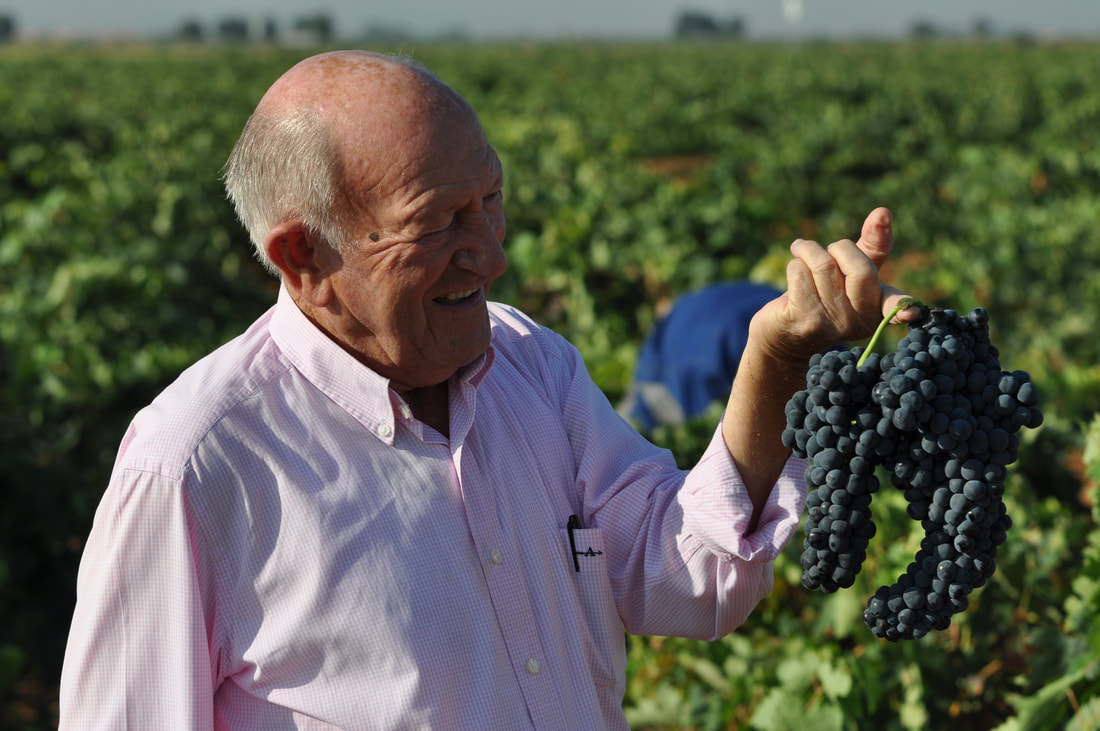
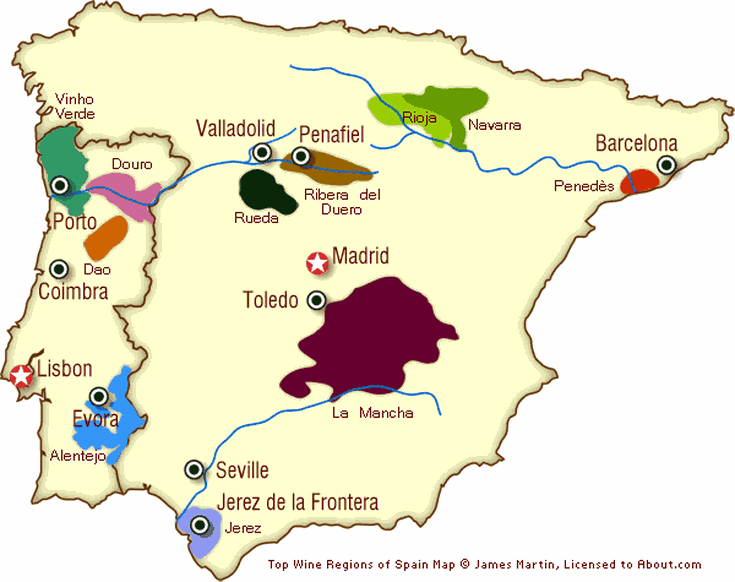
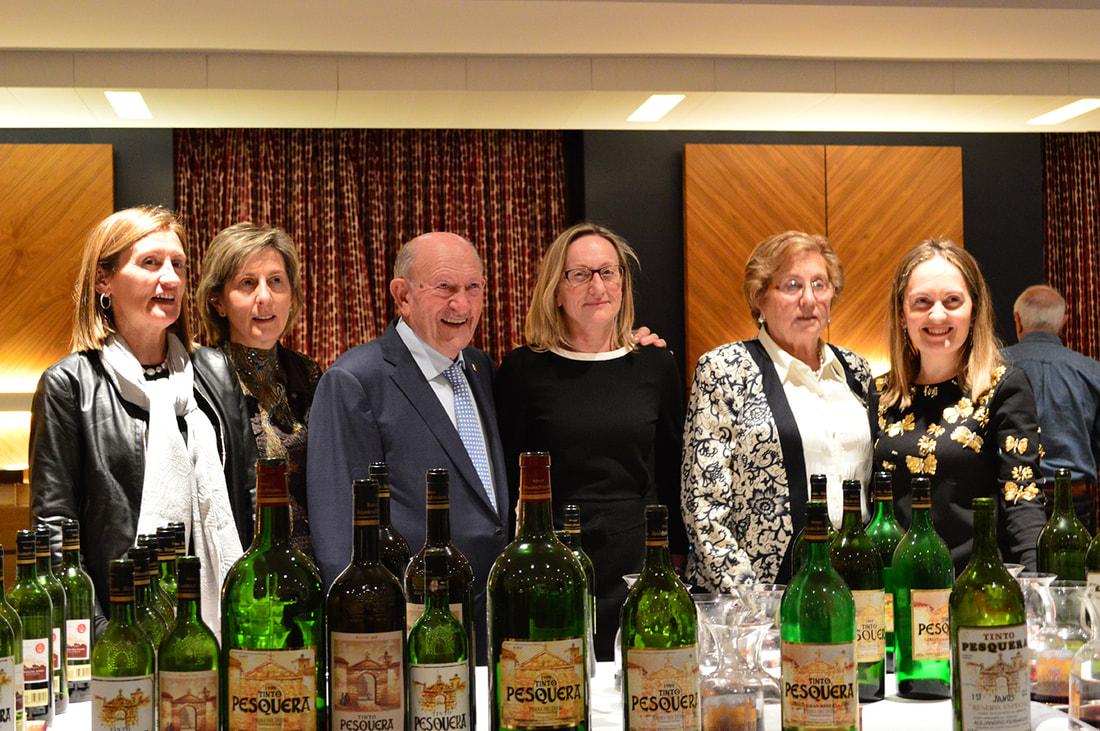
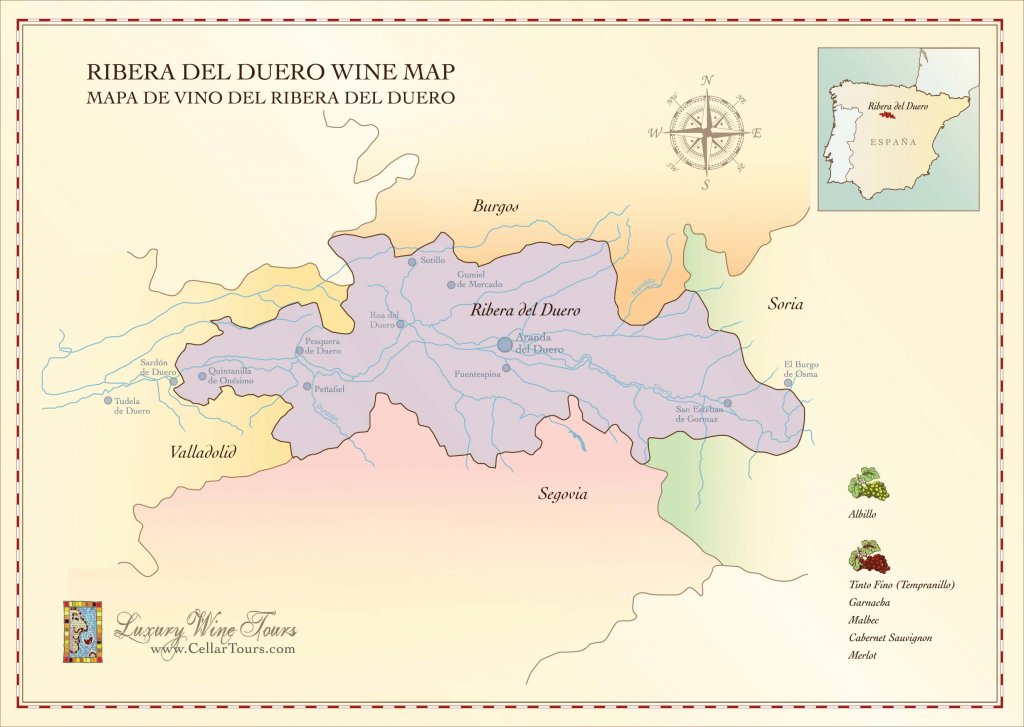
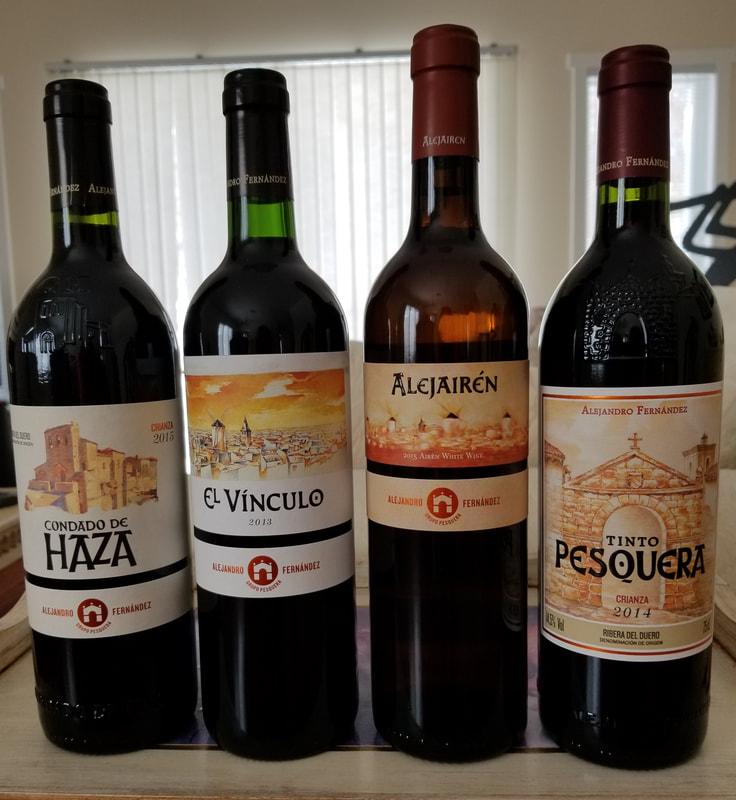
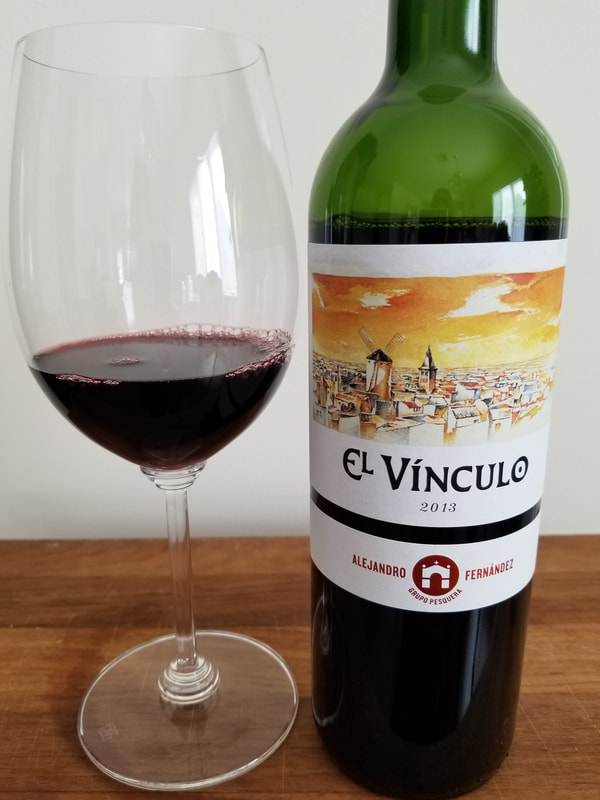
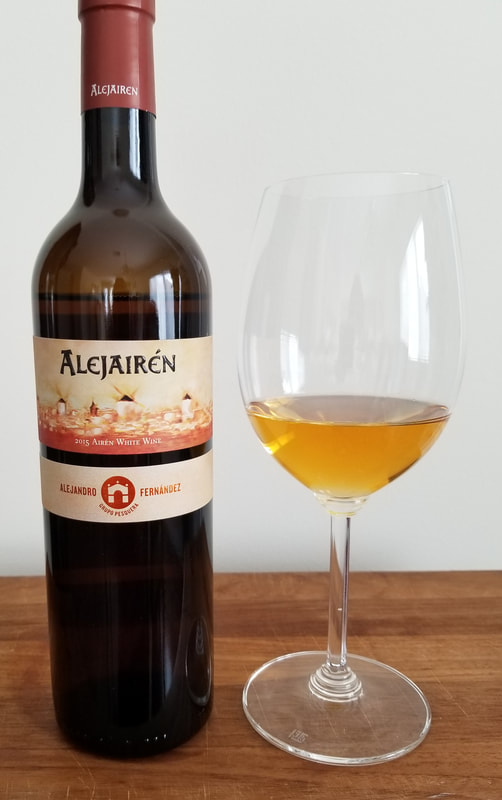
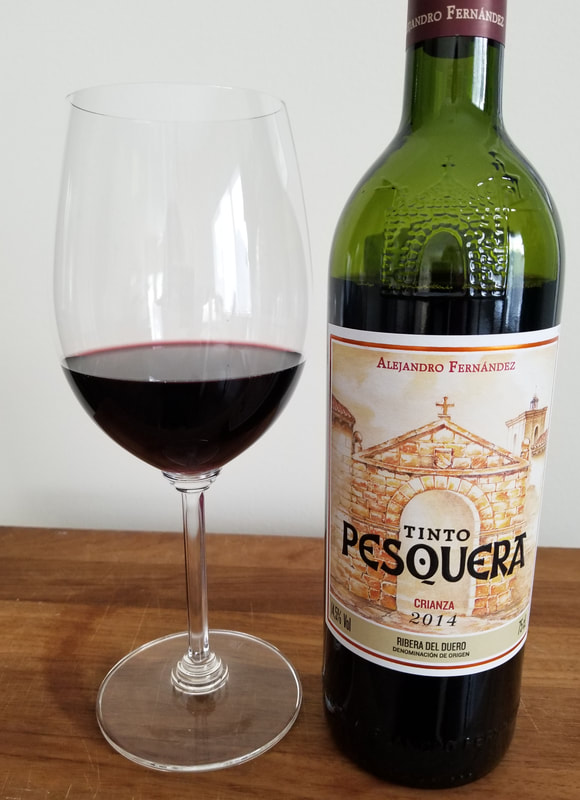
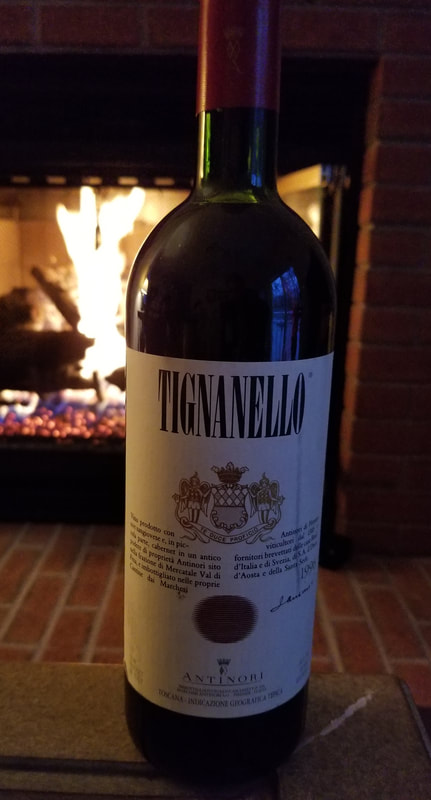
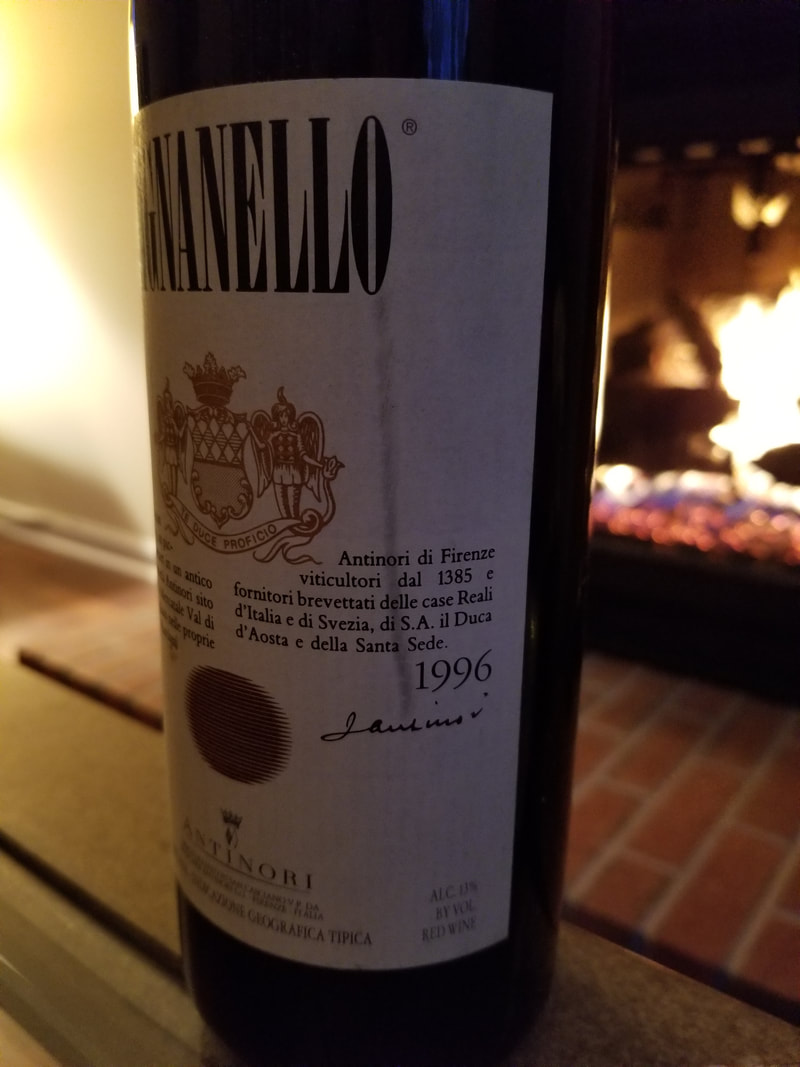
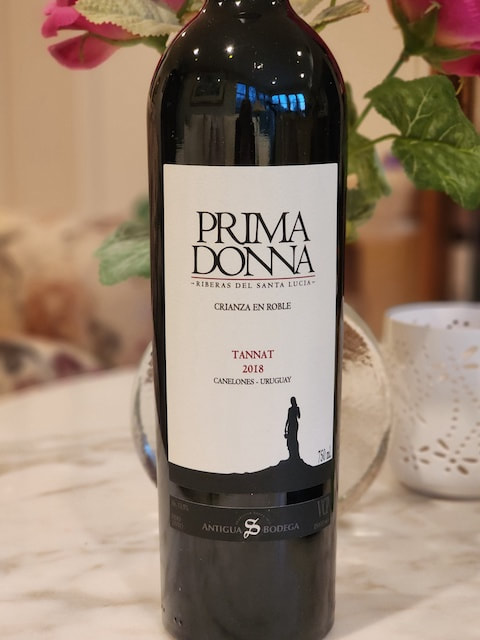
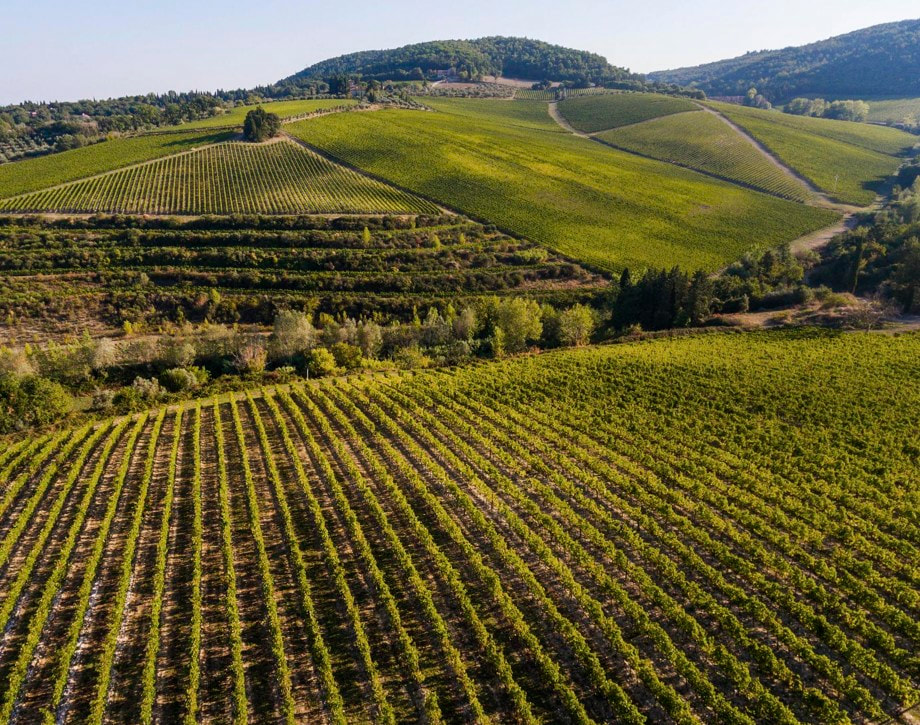
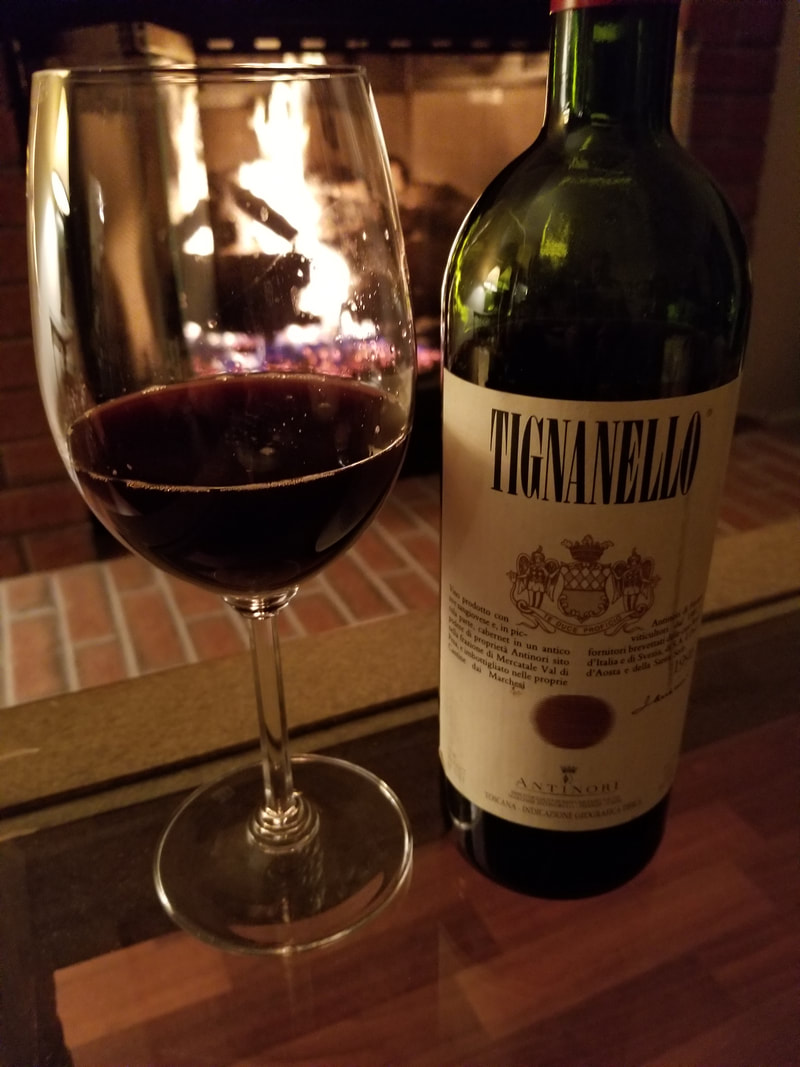
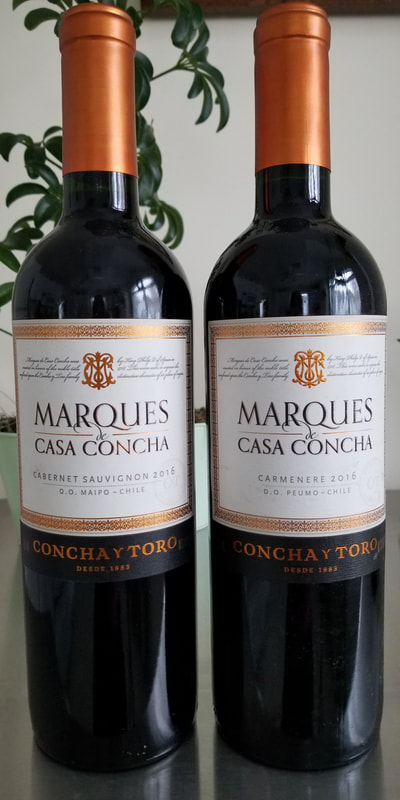
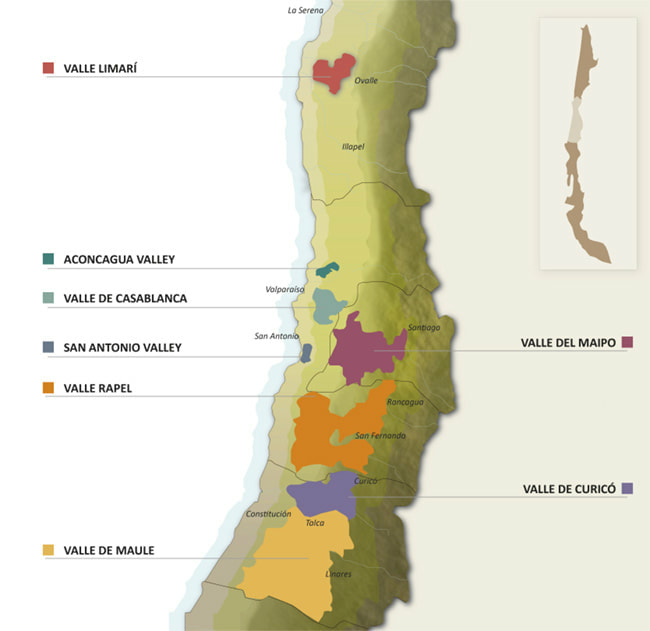
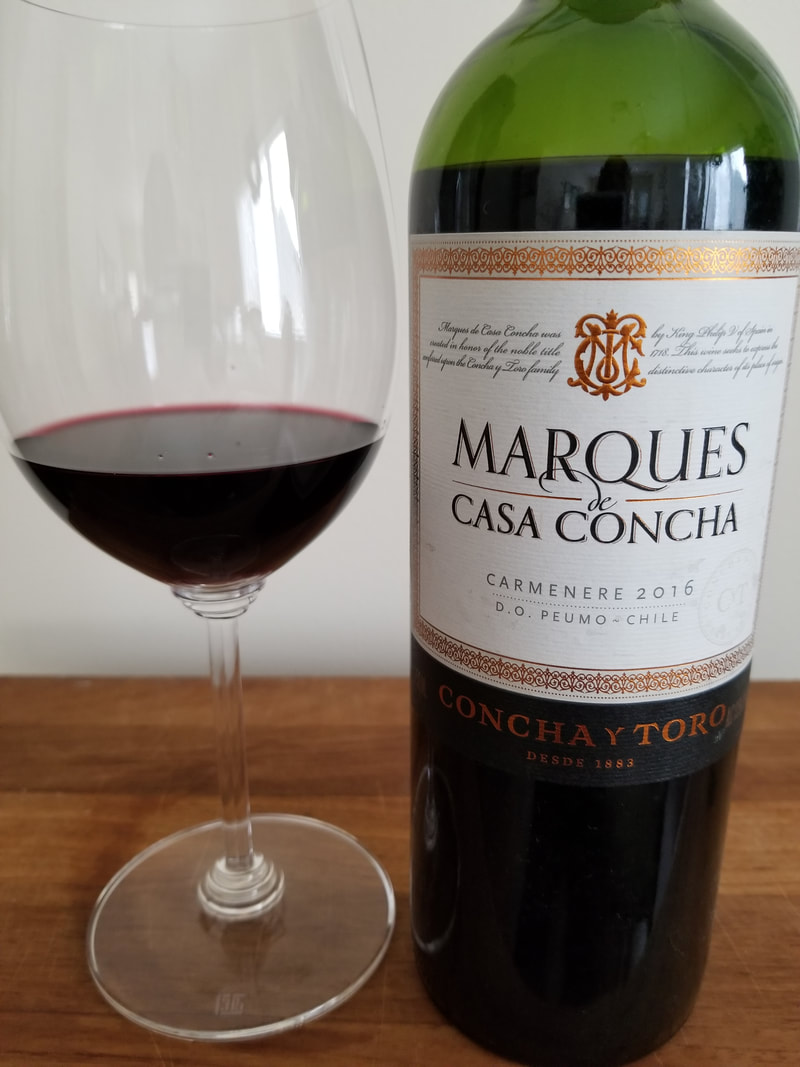
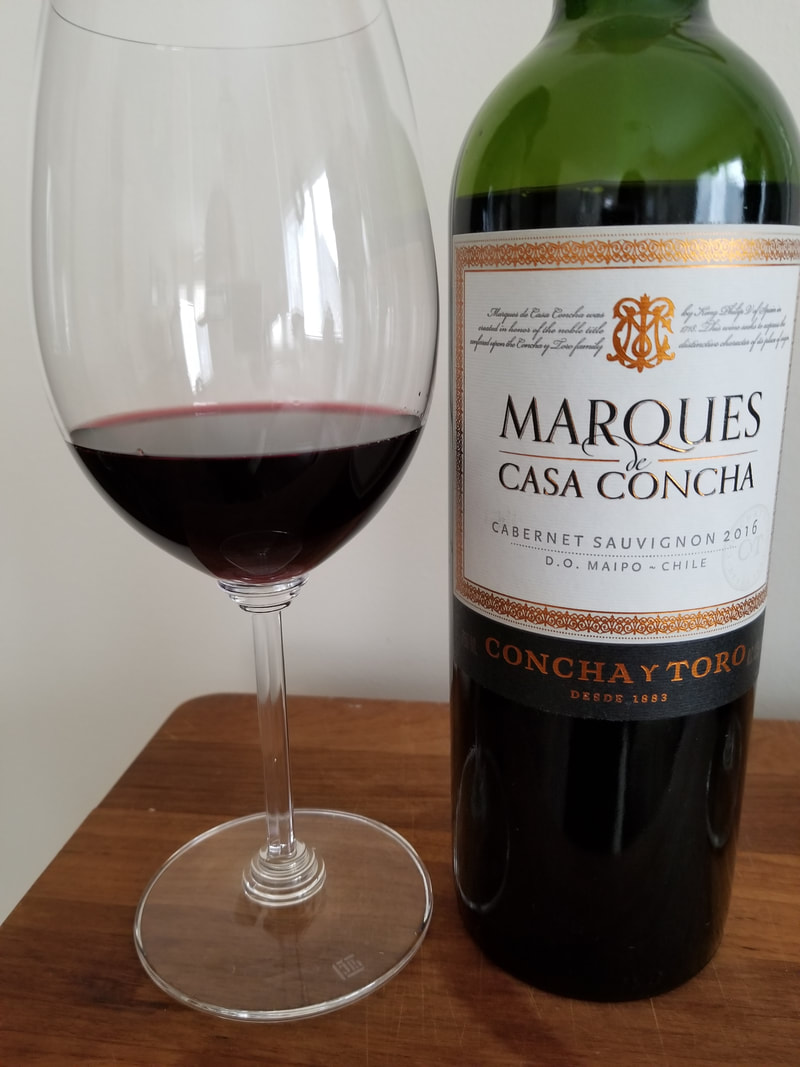
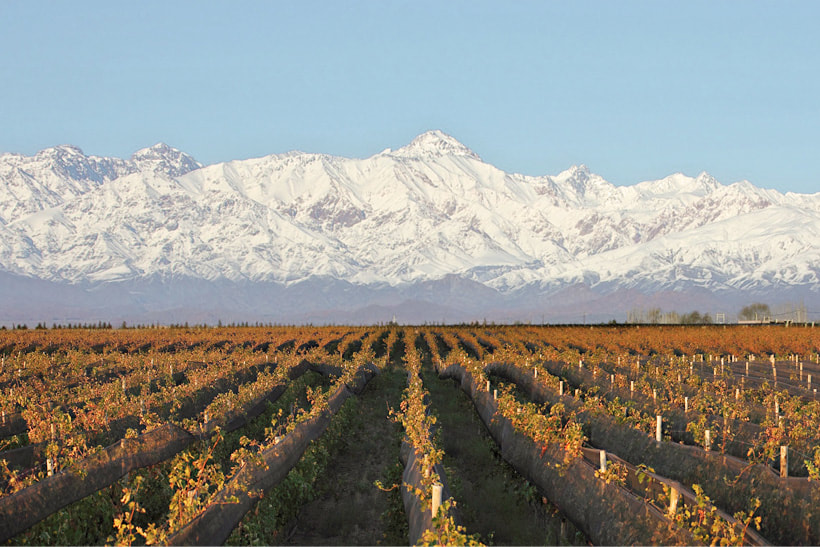
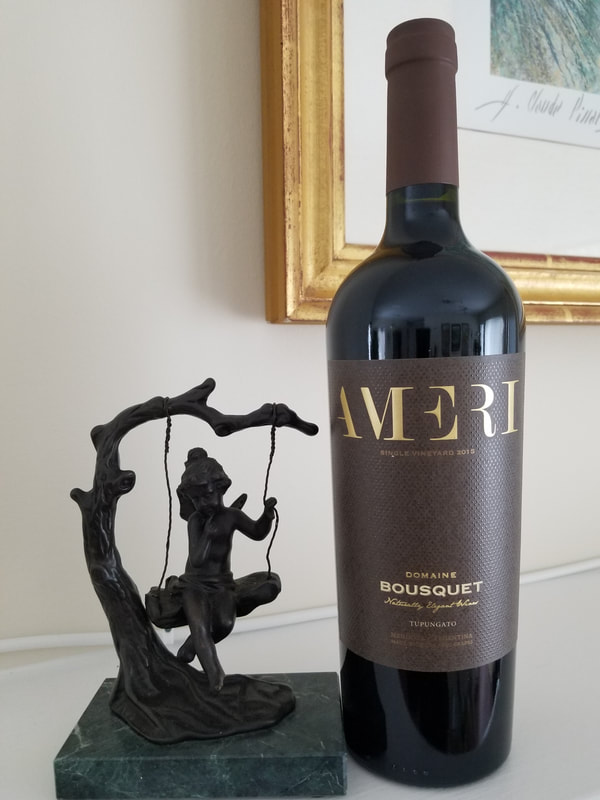
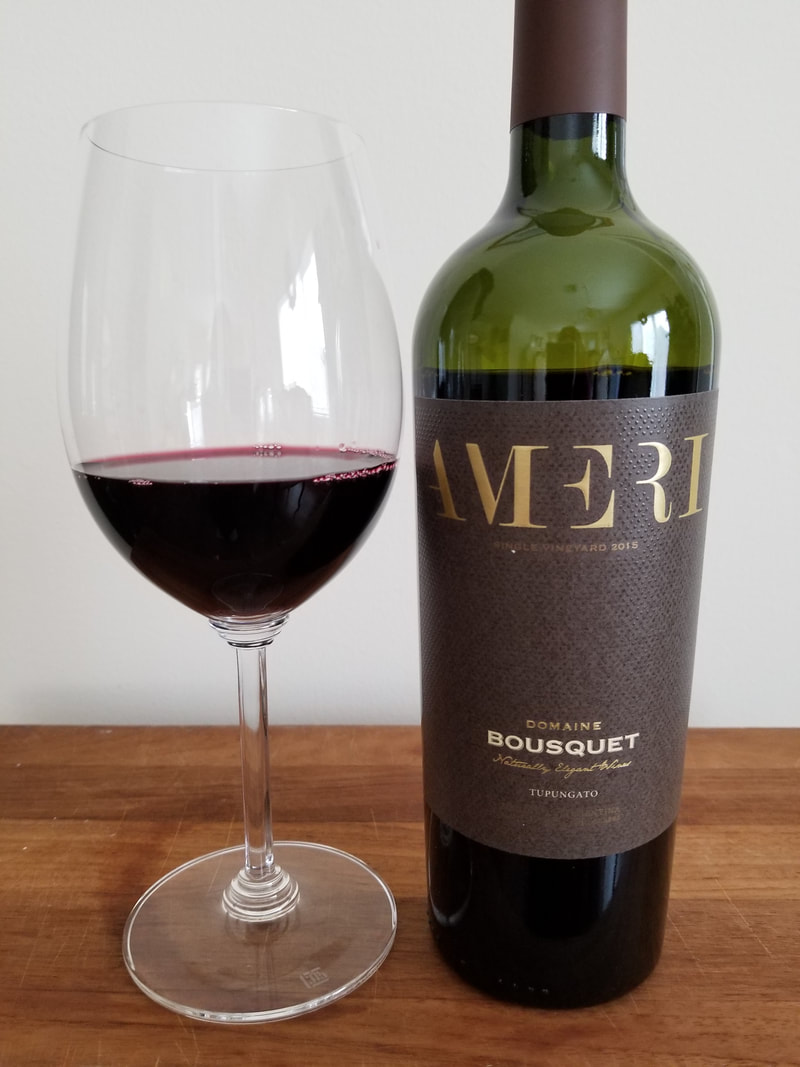
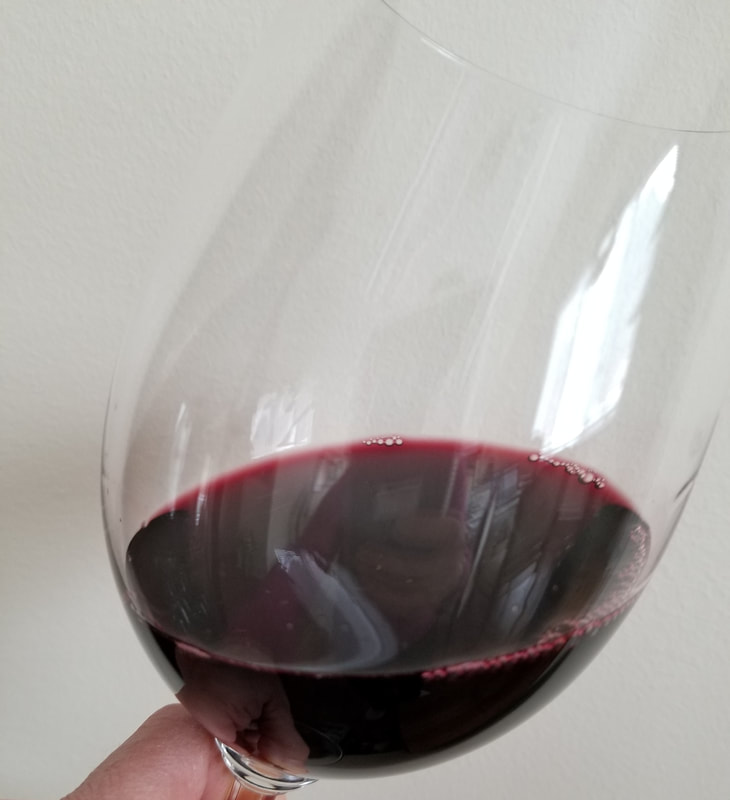
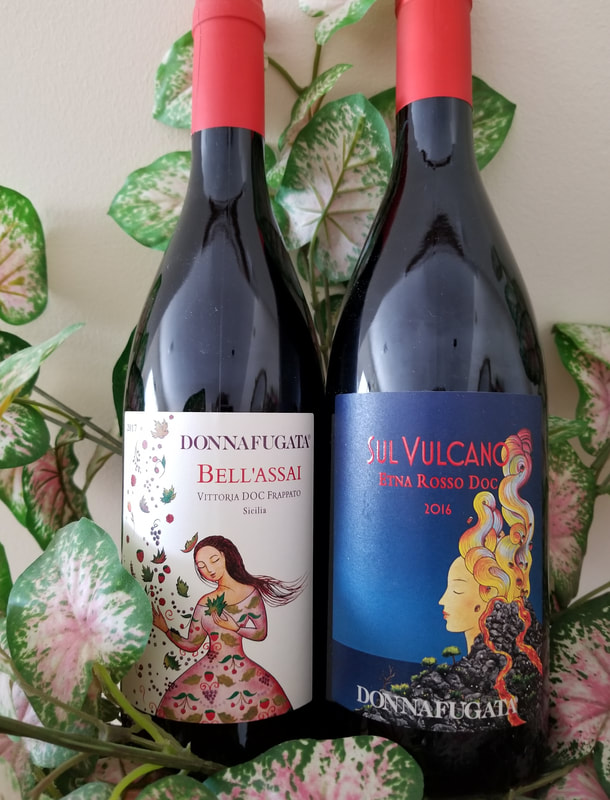
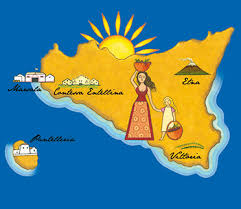
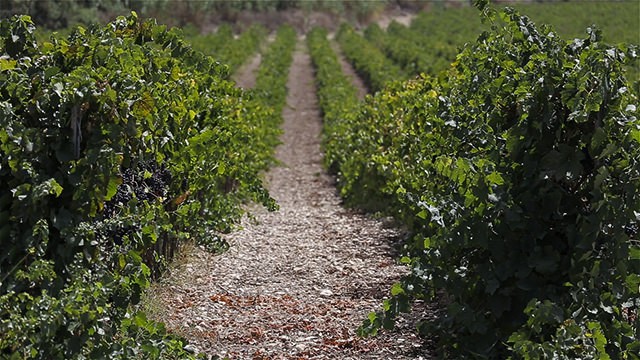
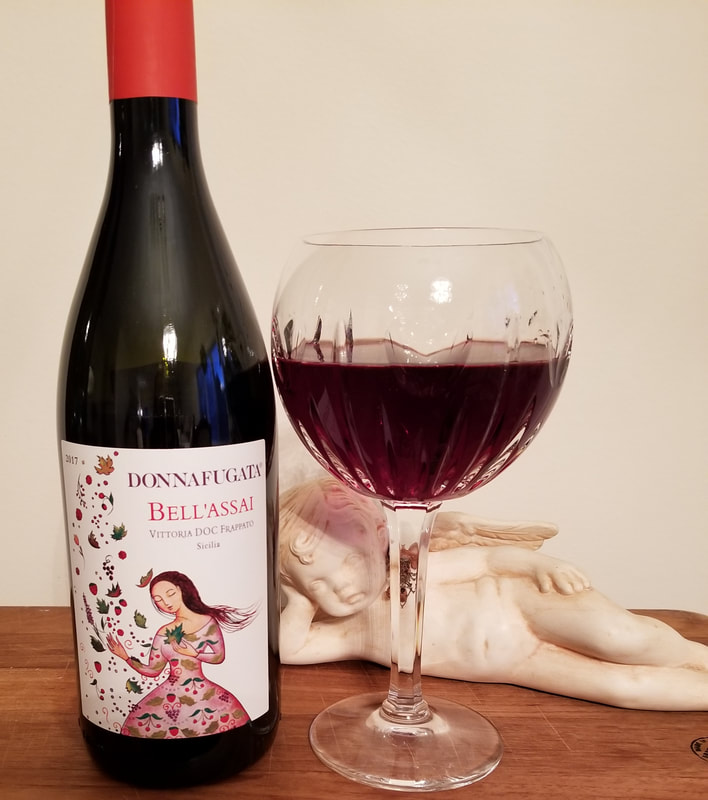
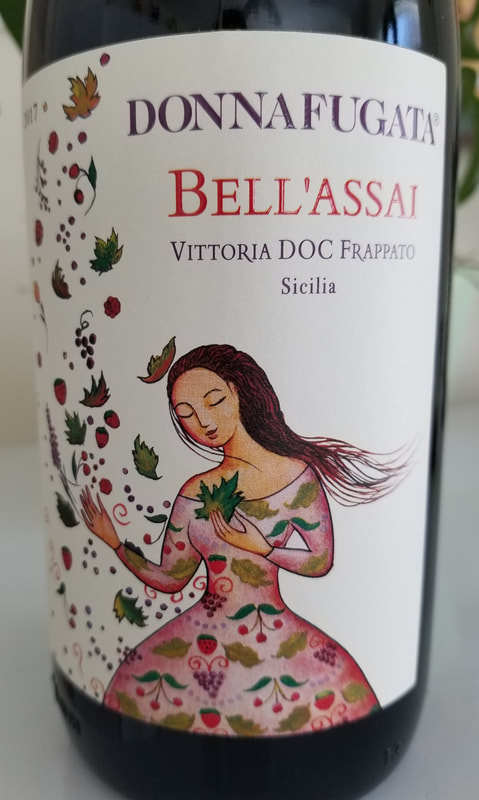
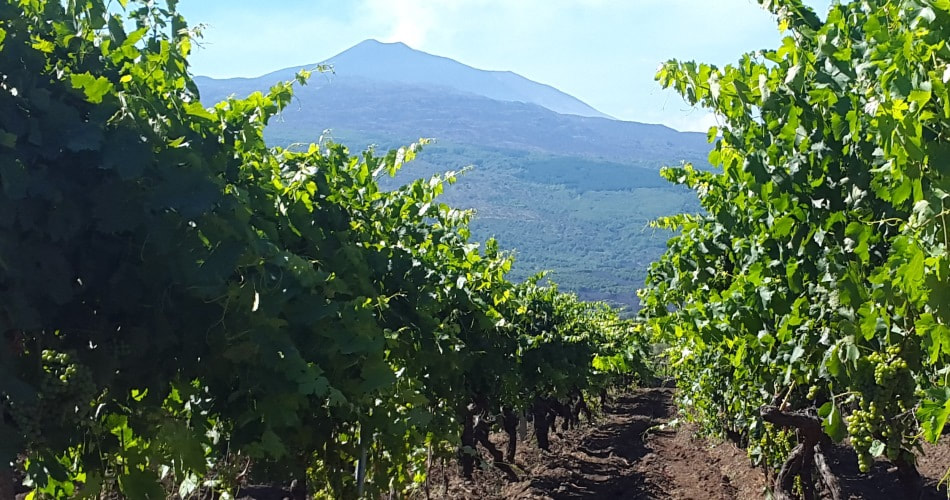
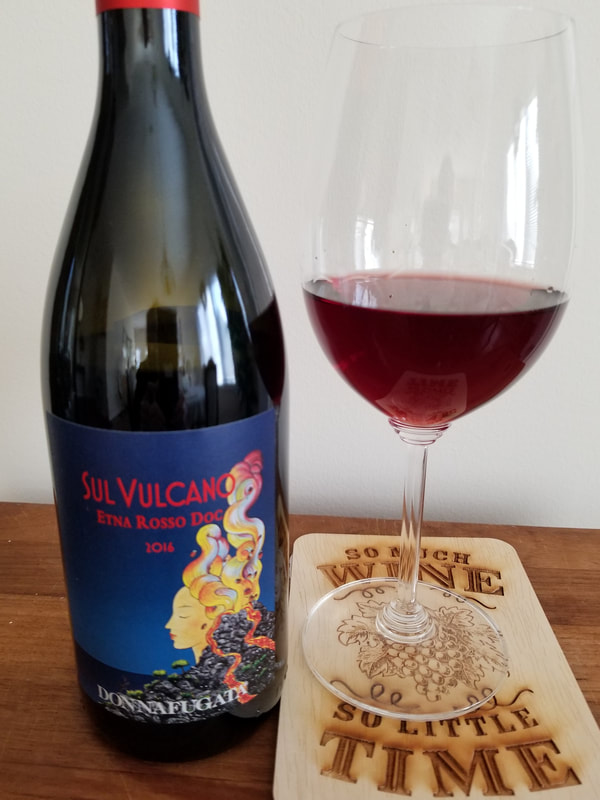
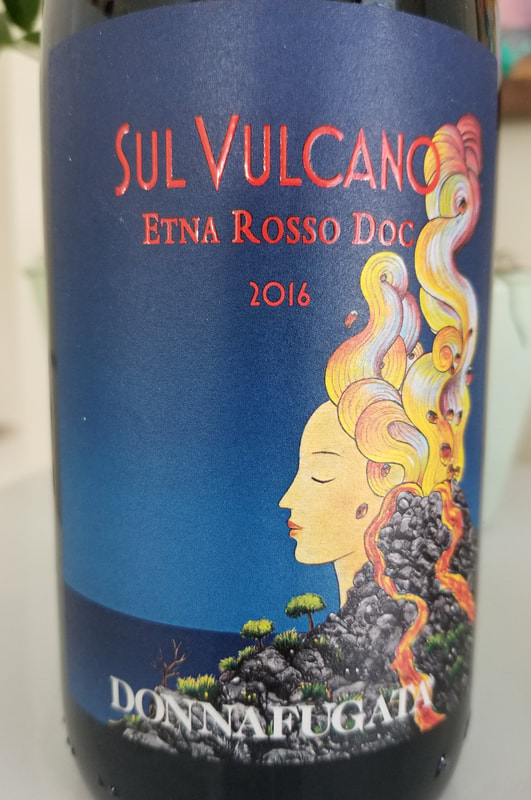



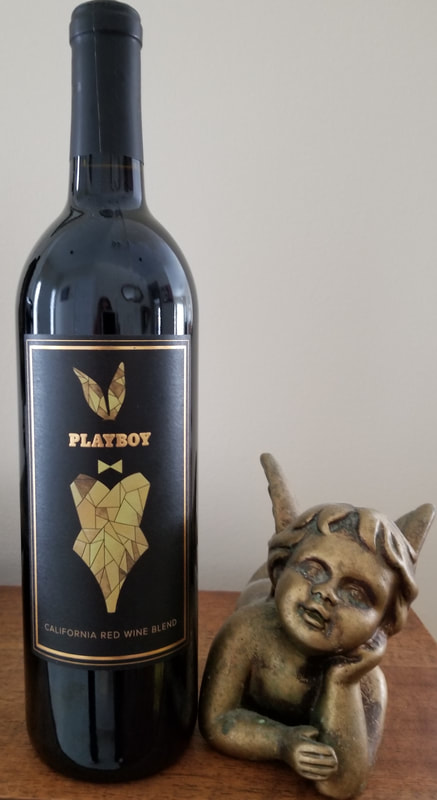
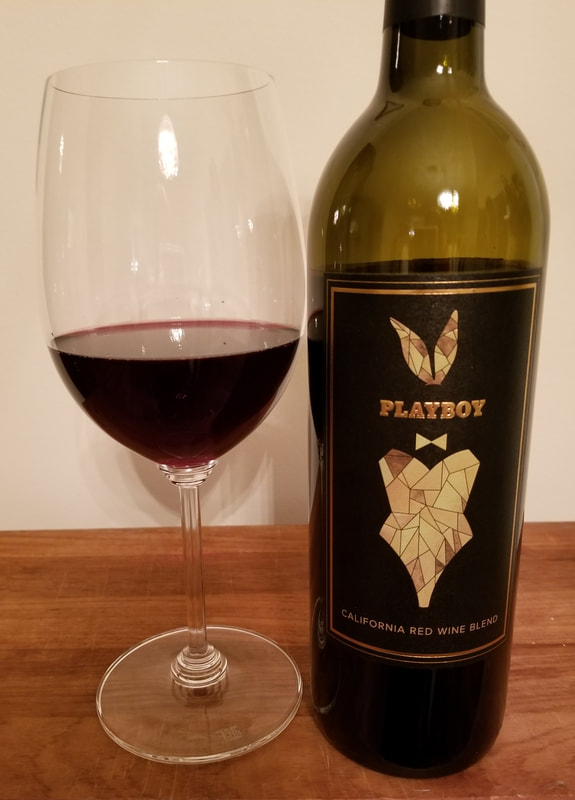

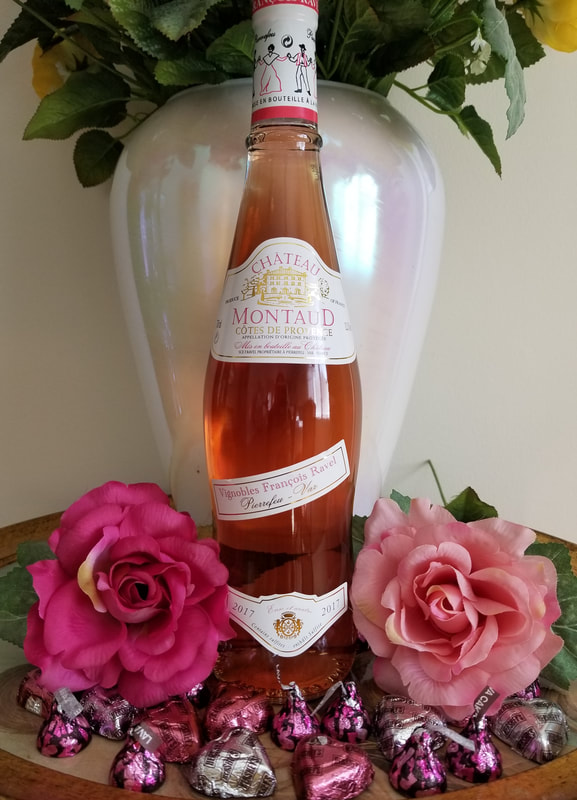
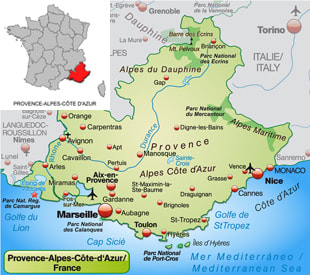
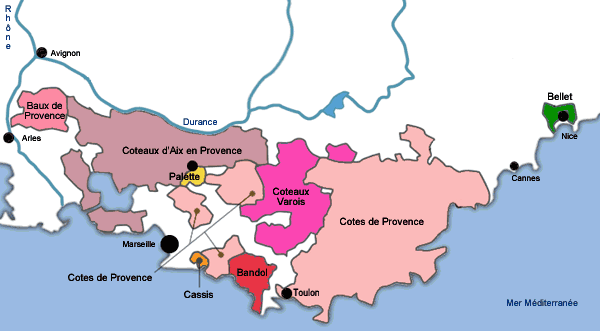
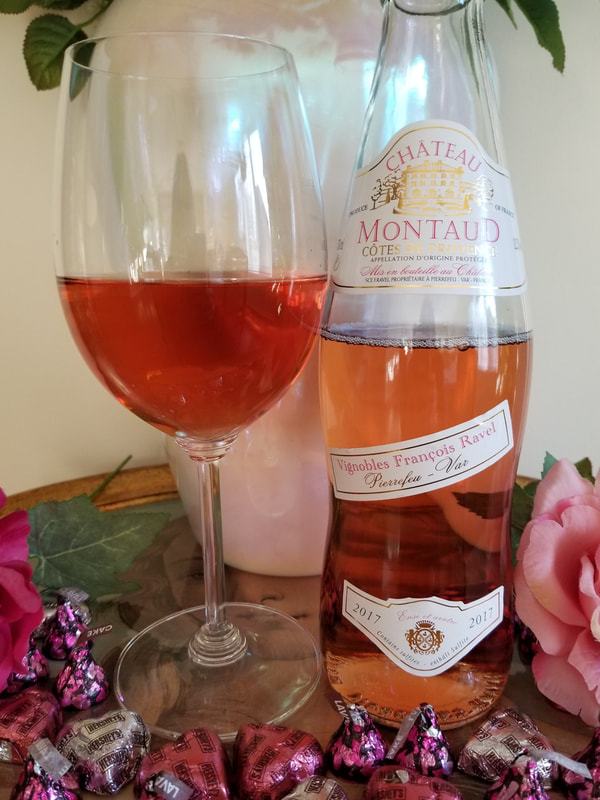
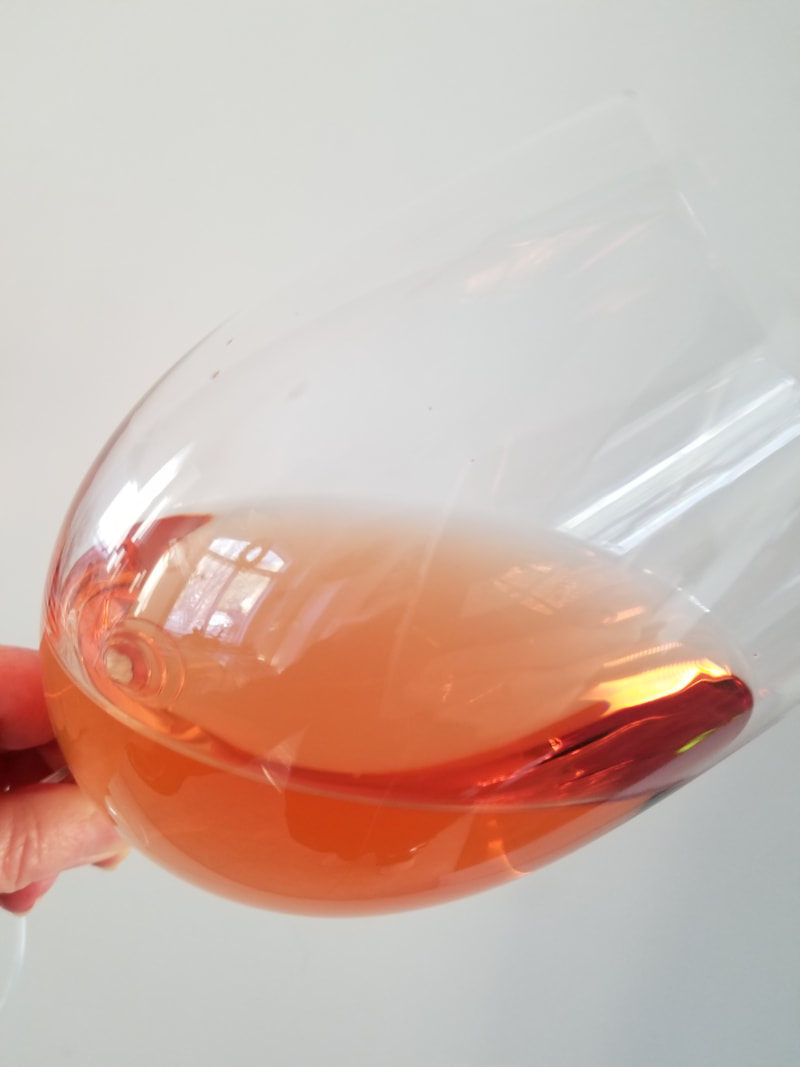

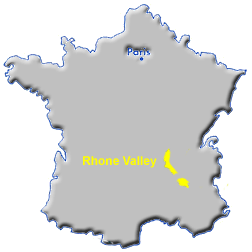
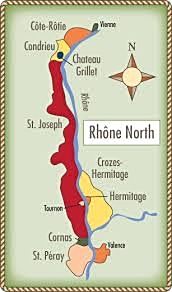
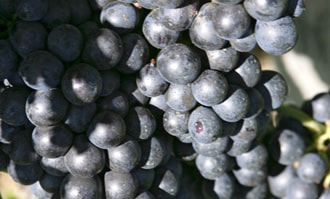
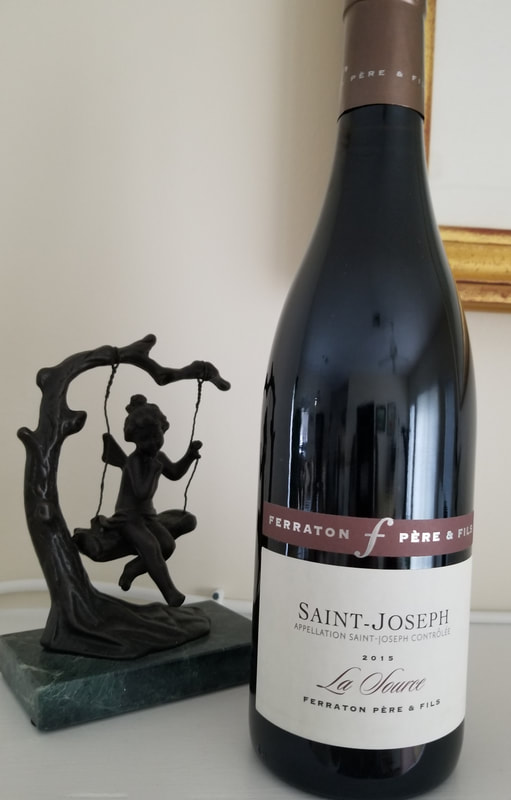
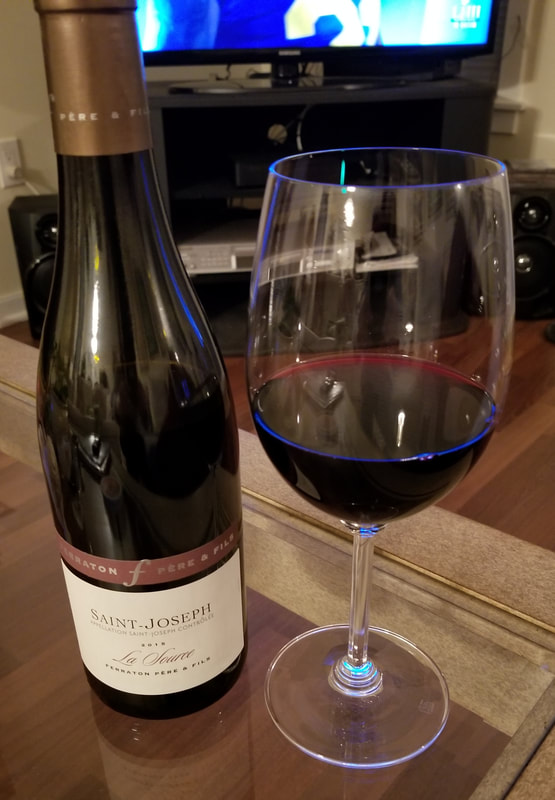
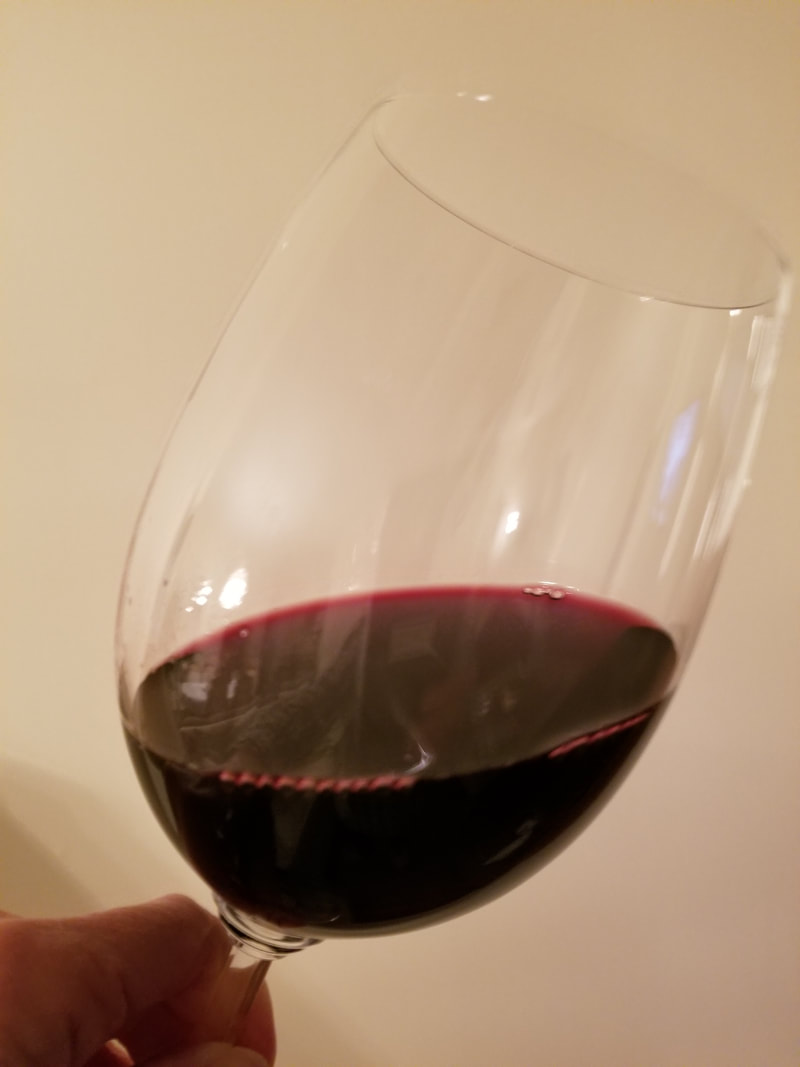
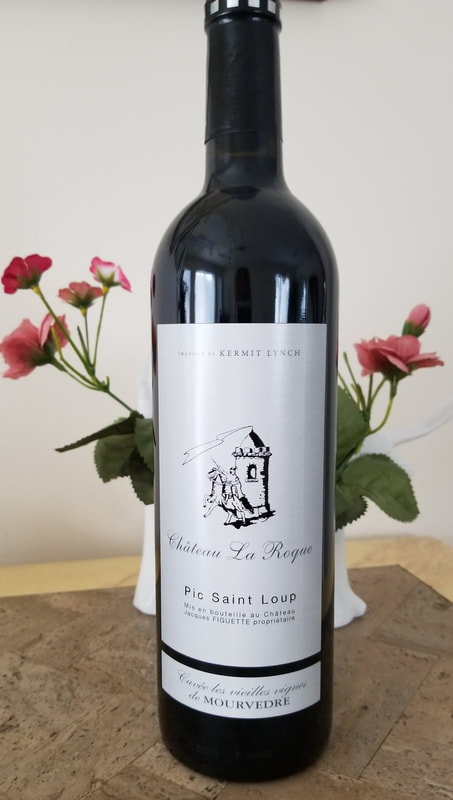
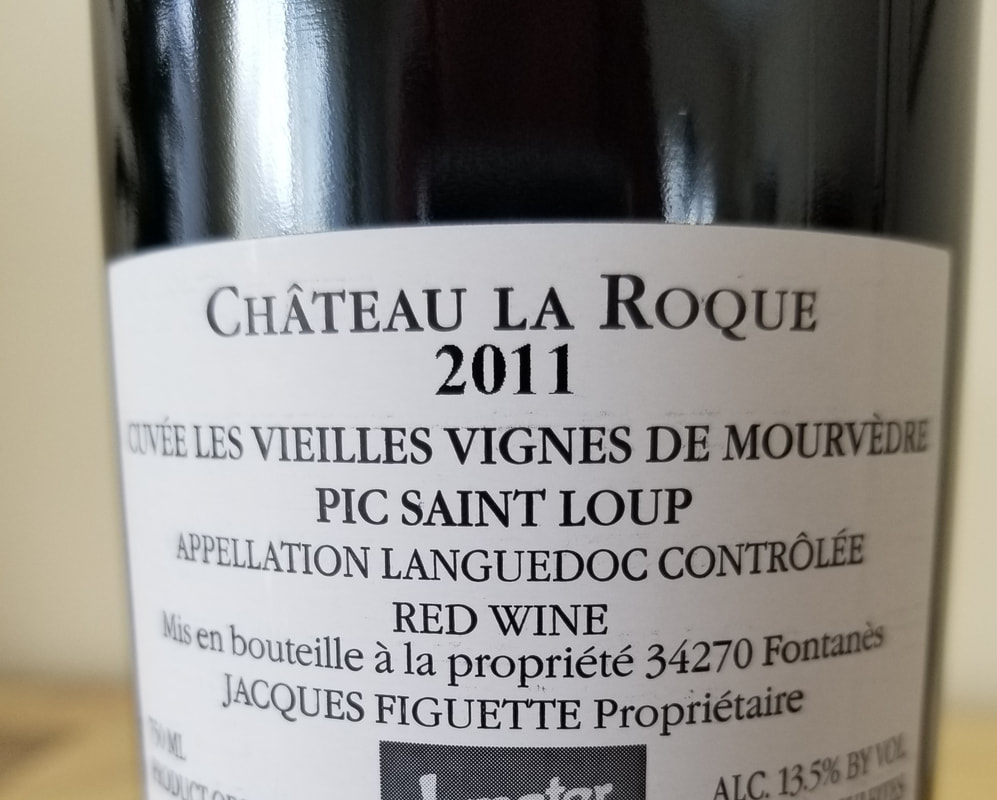
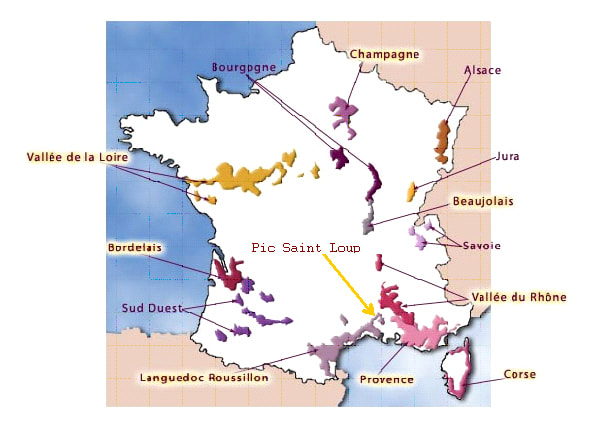
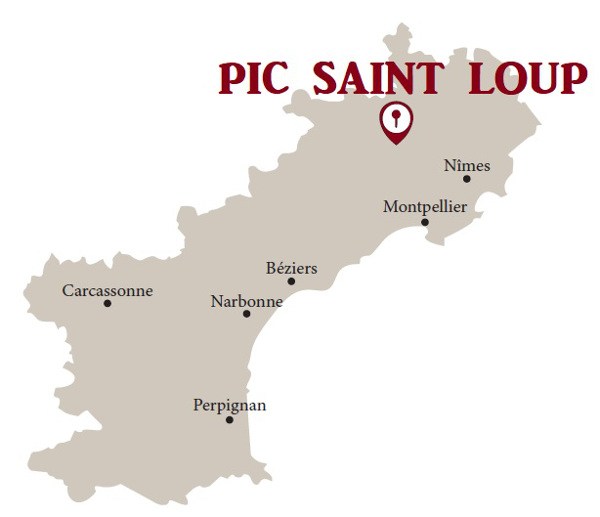
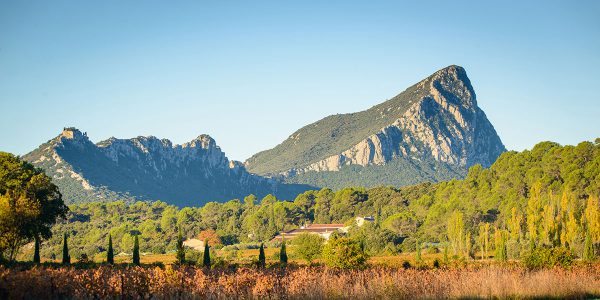
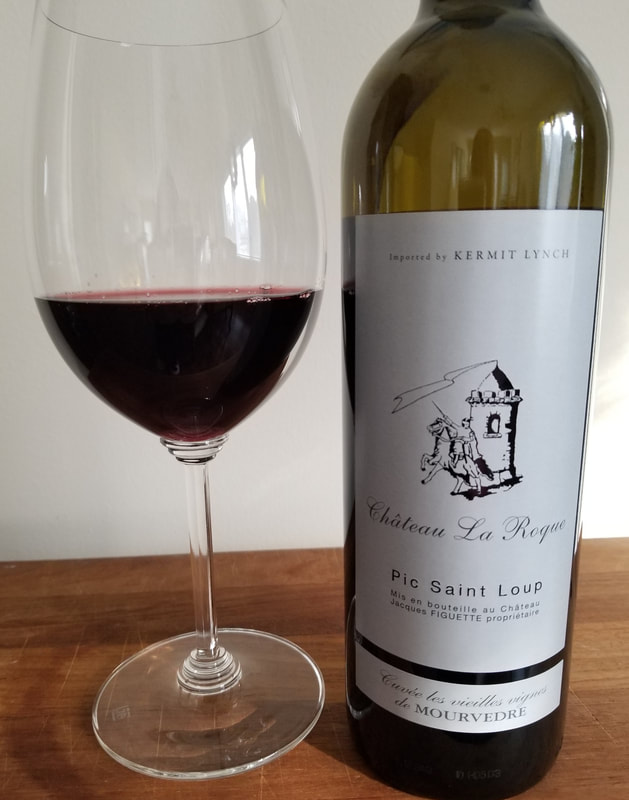
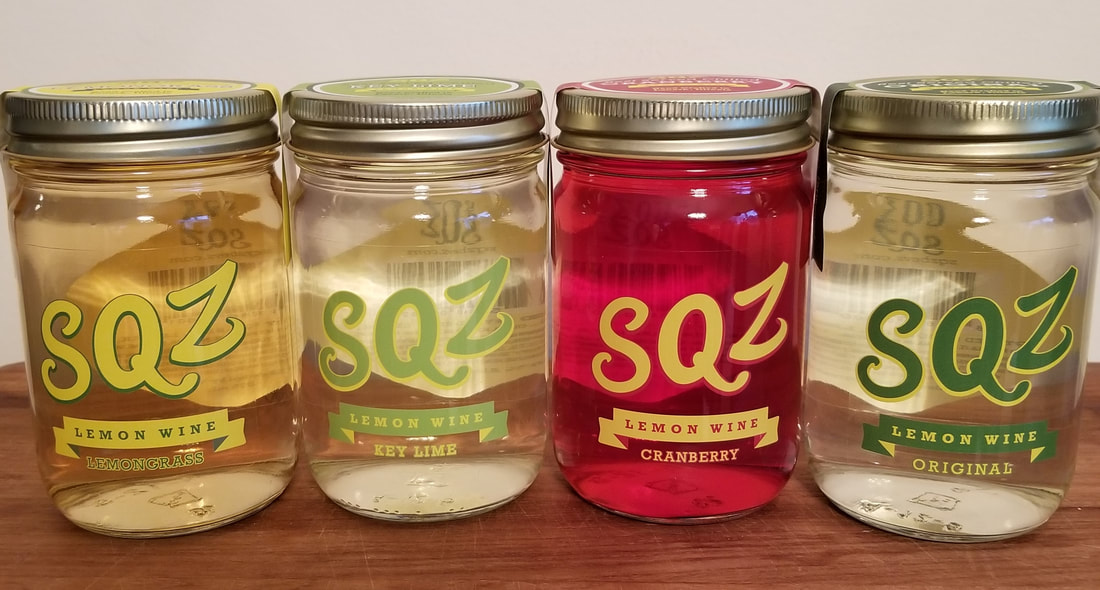
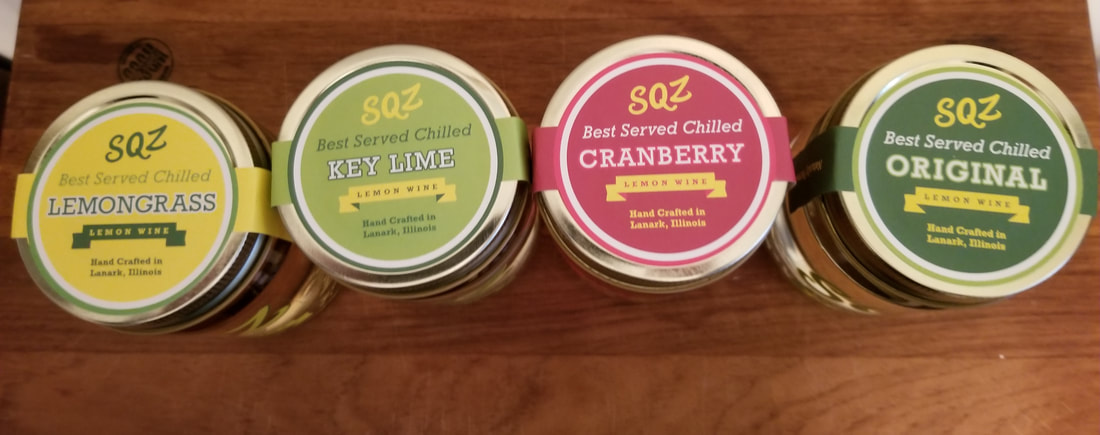
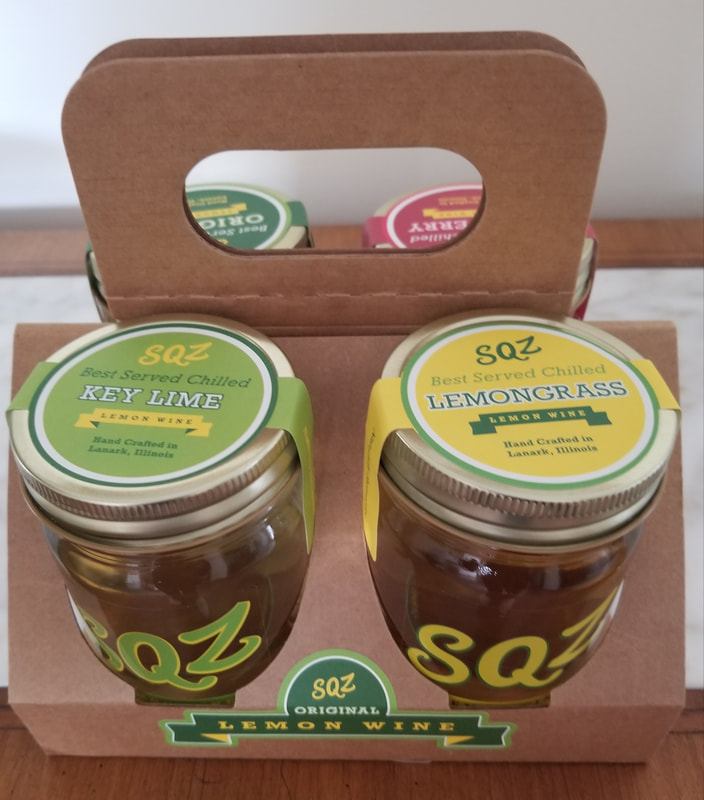
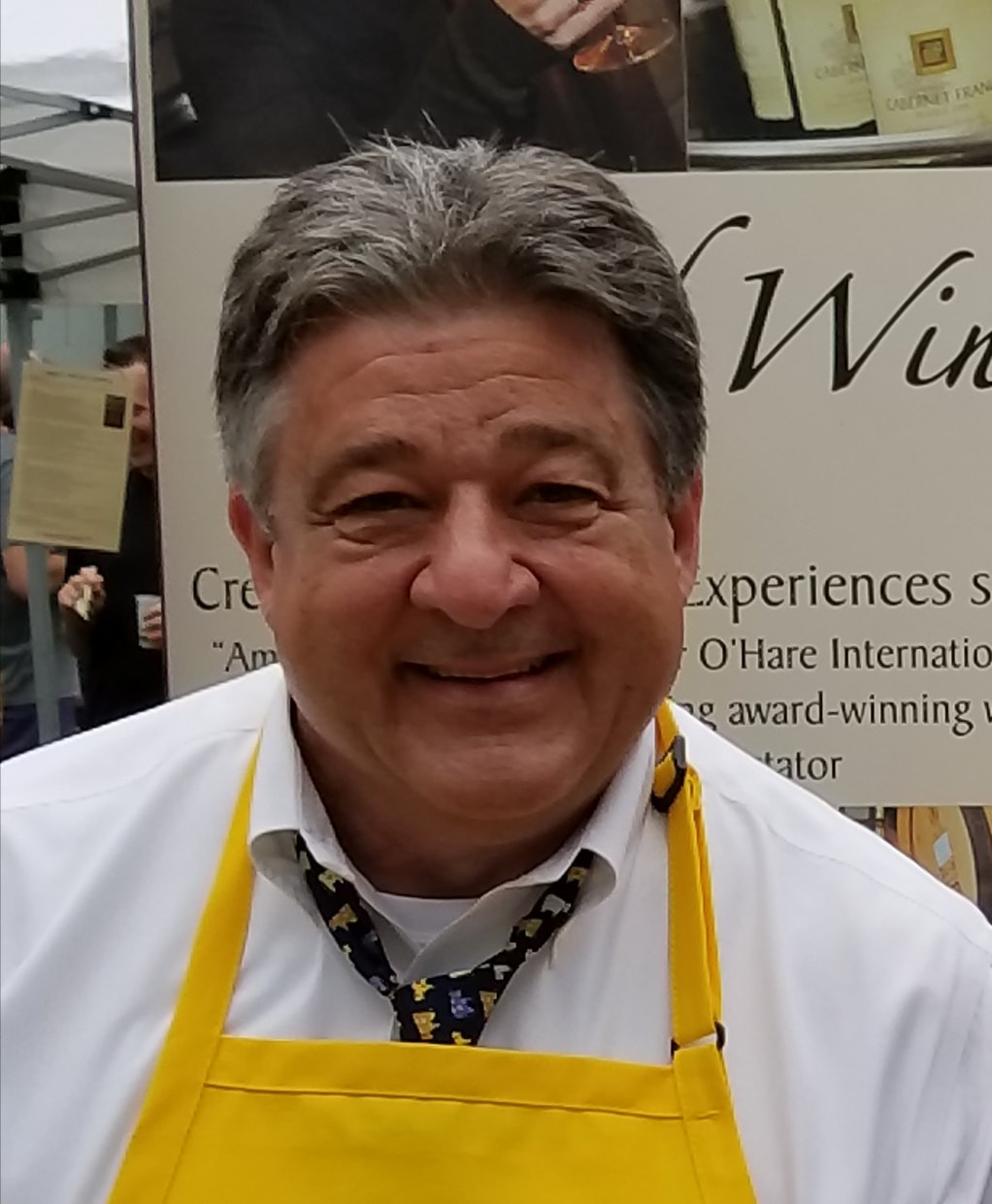
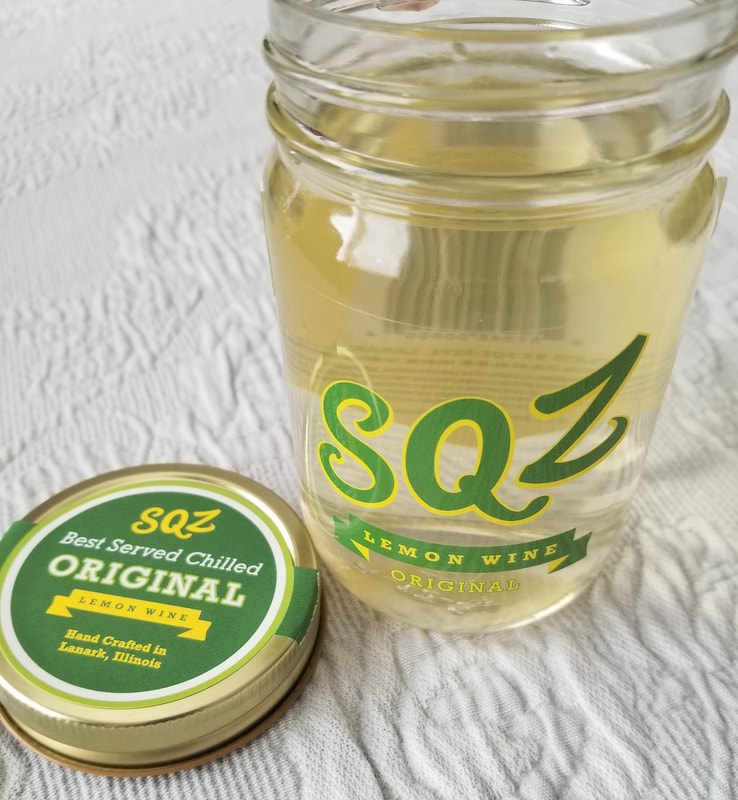
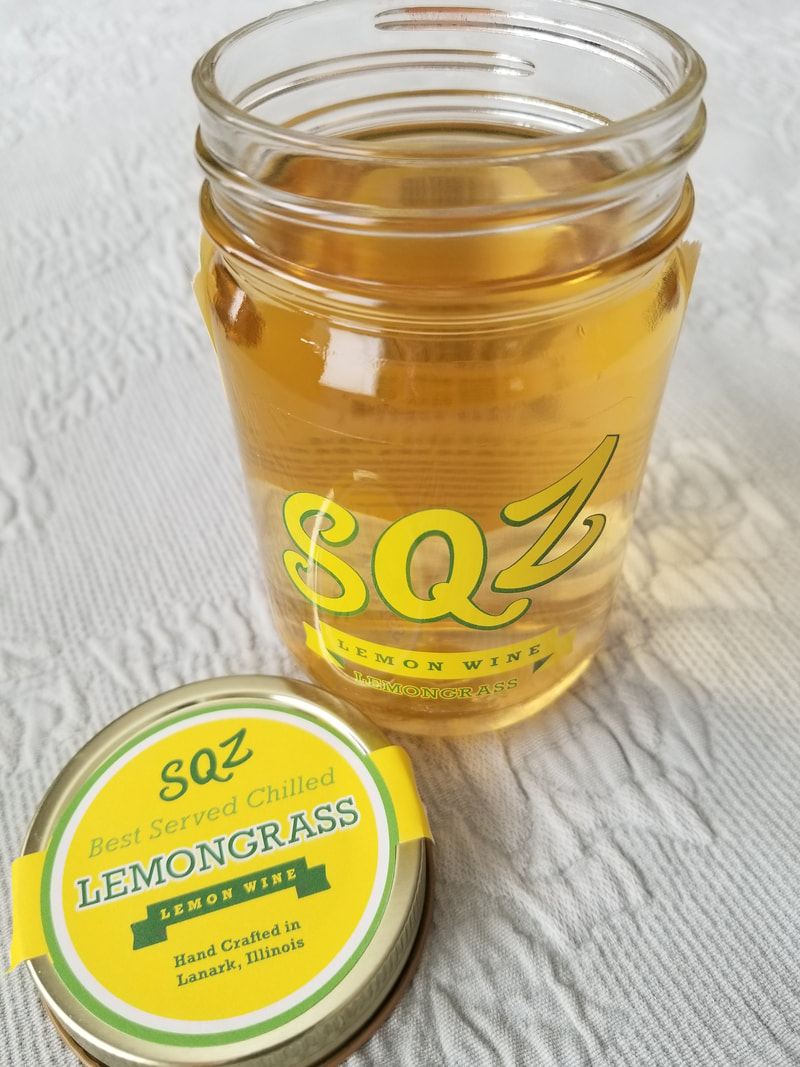
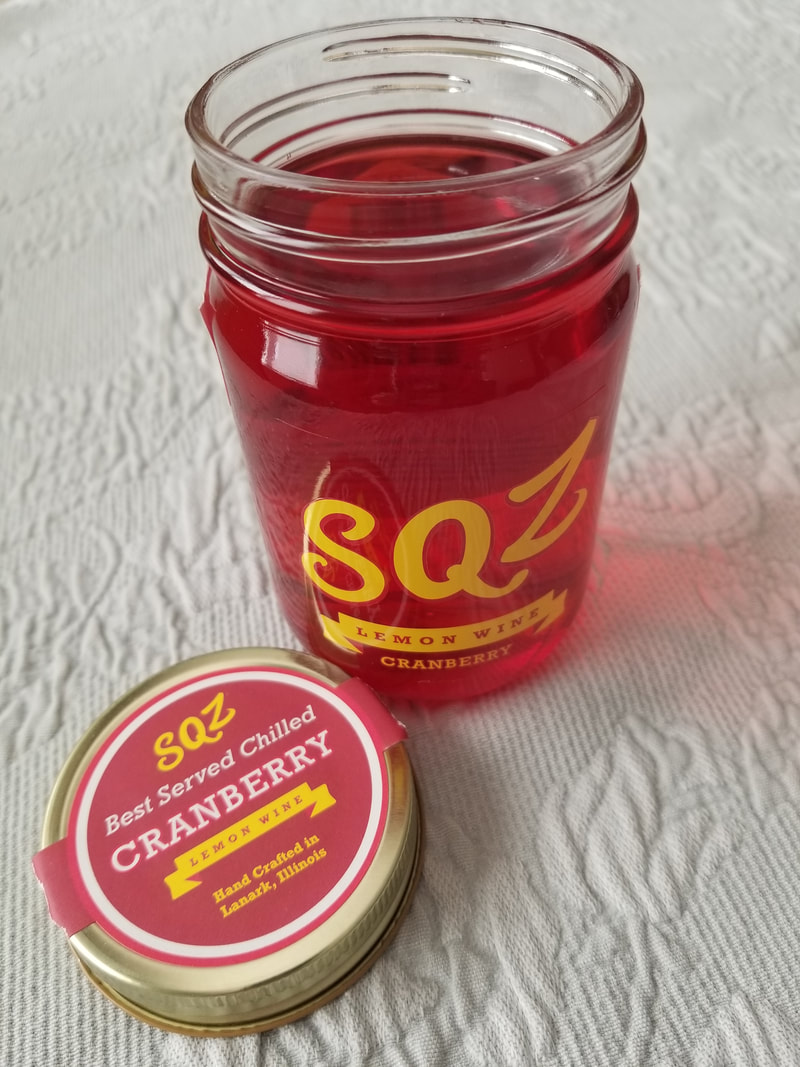
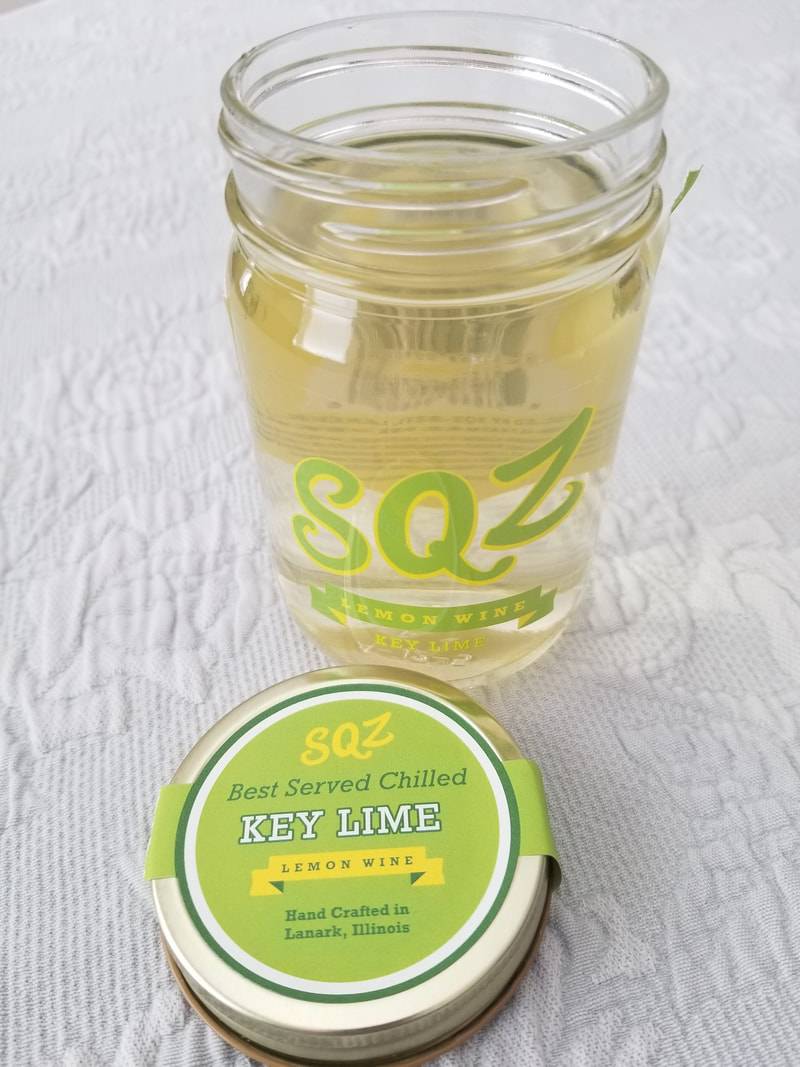
 RSS Feed
RSS Feed